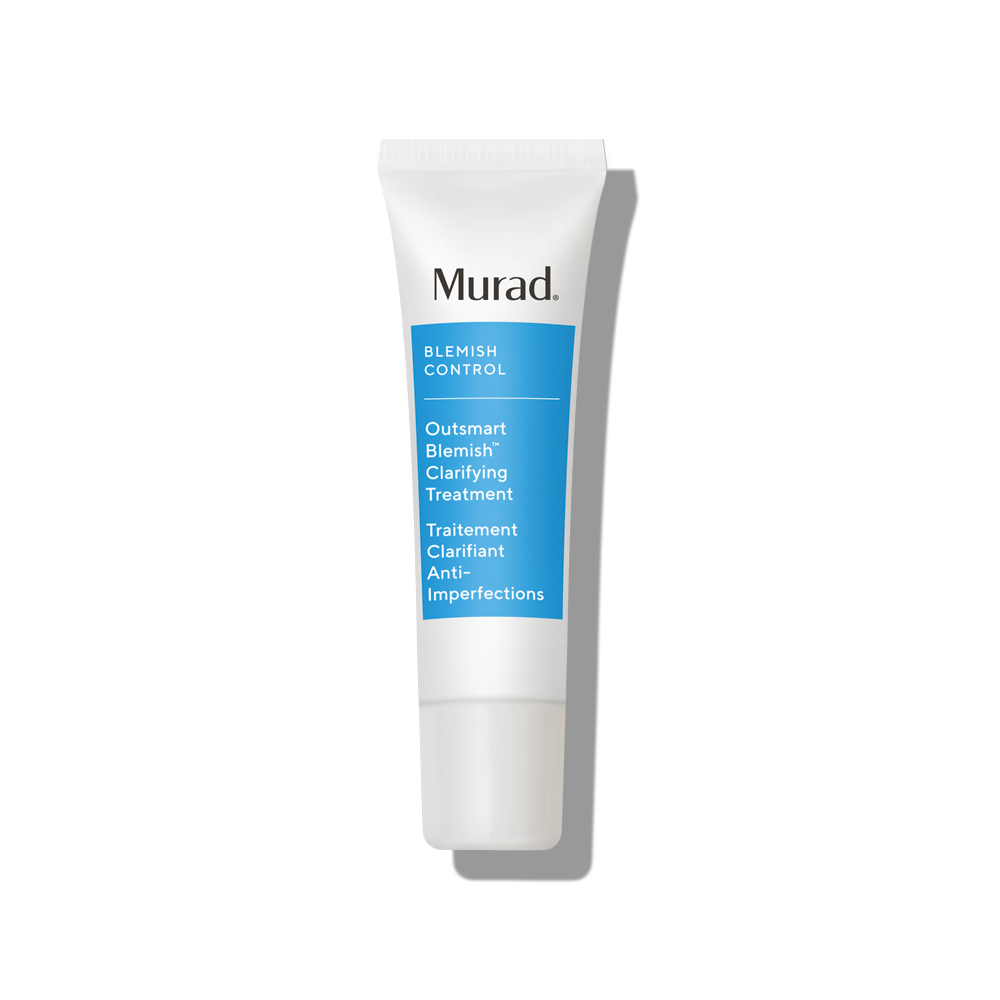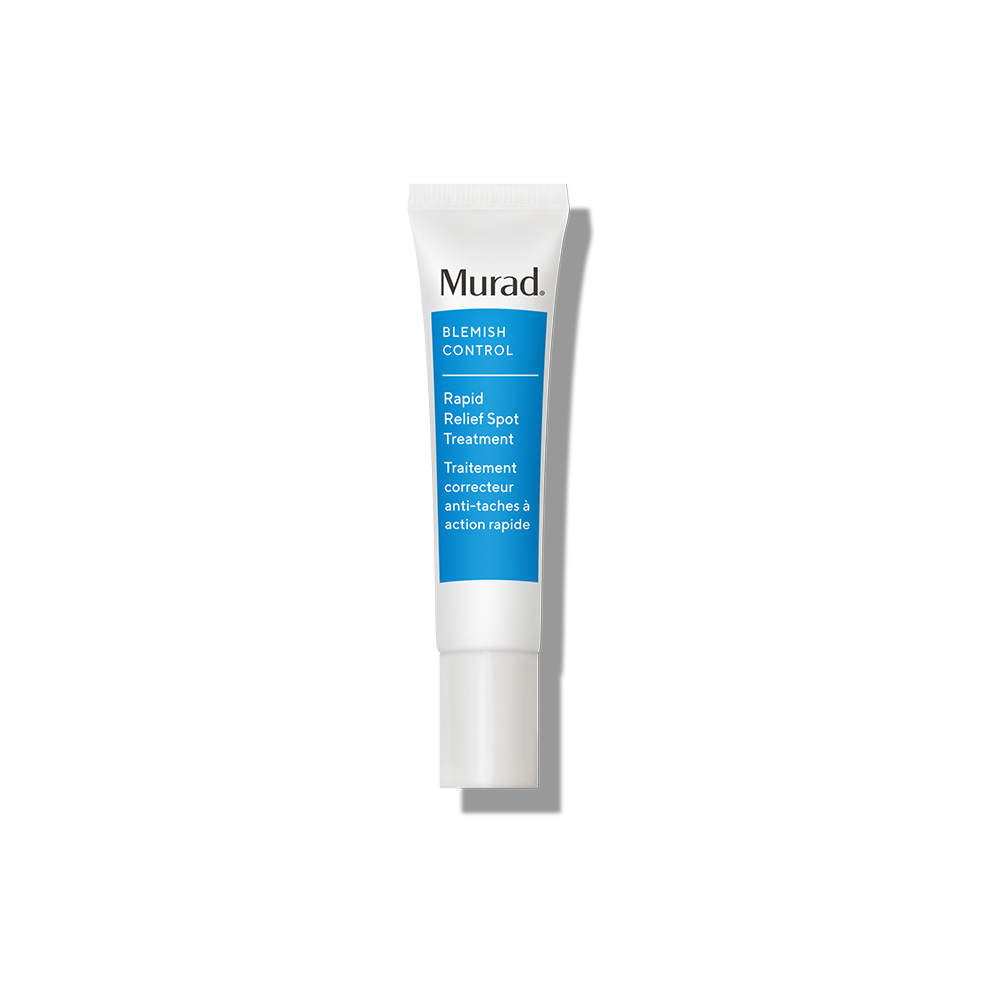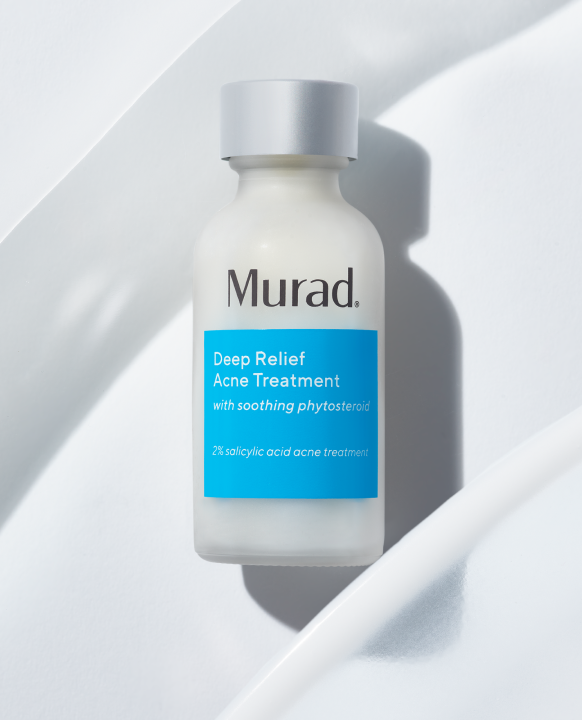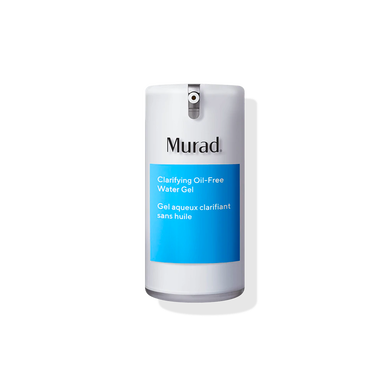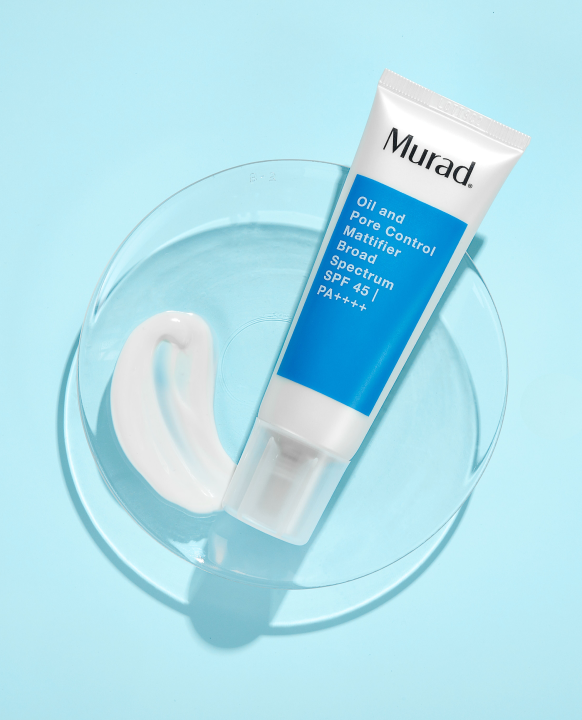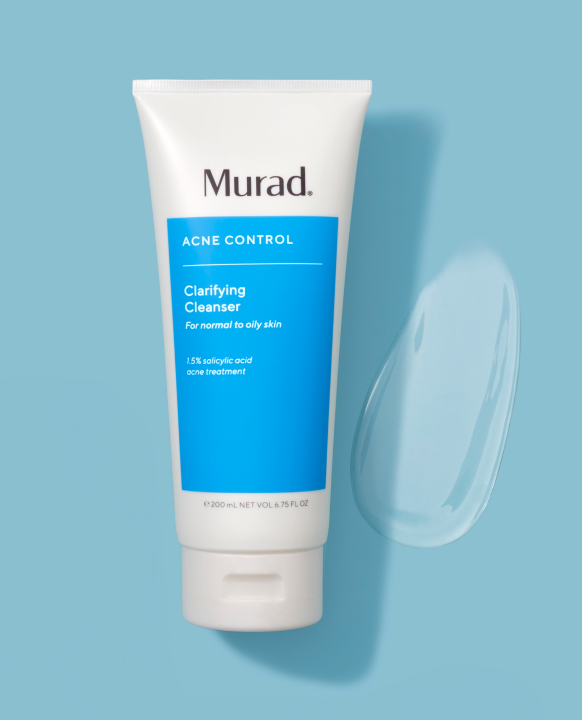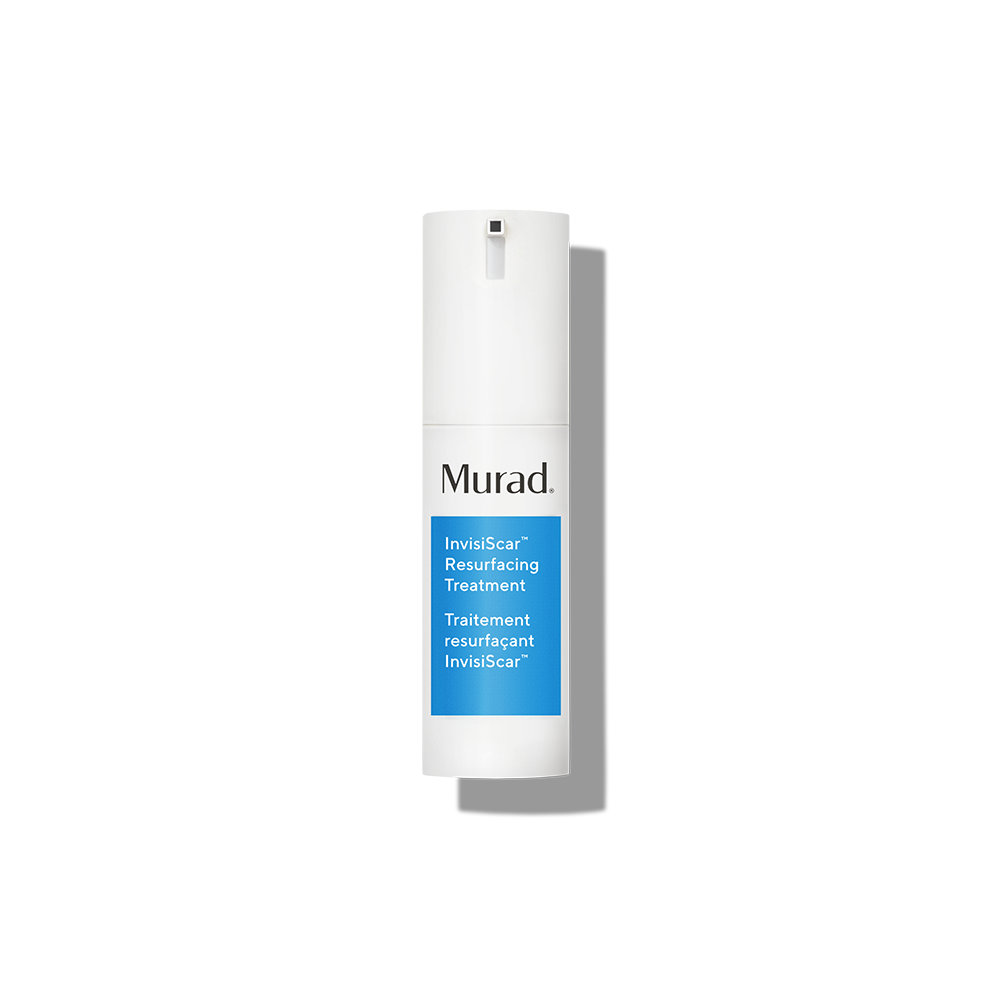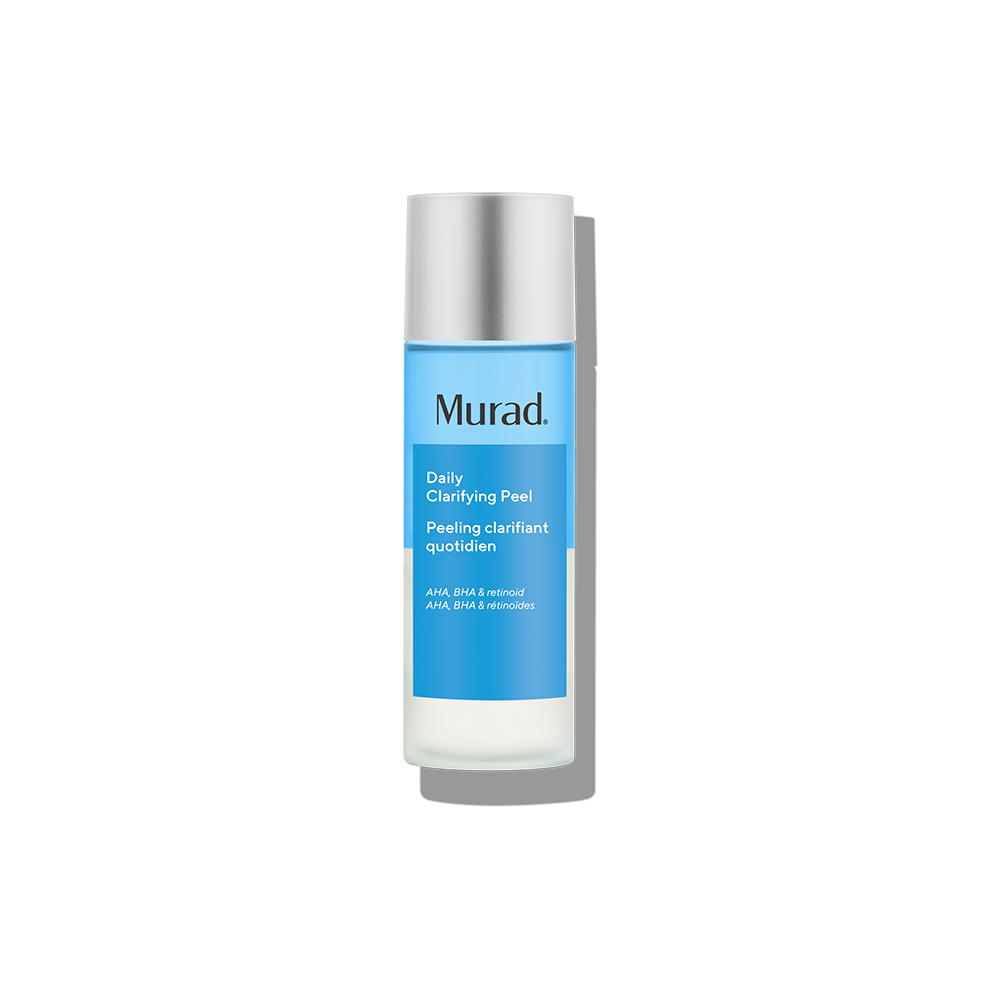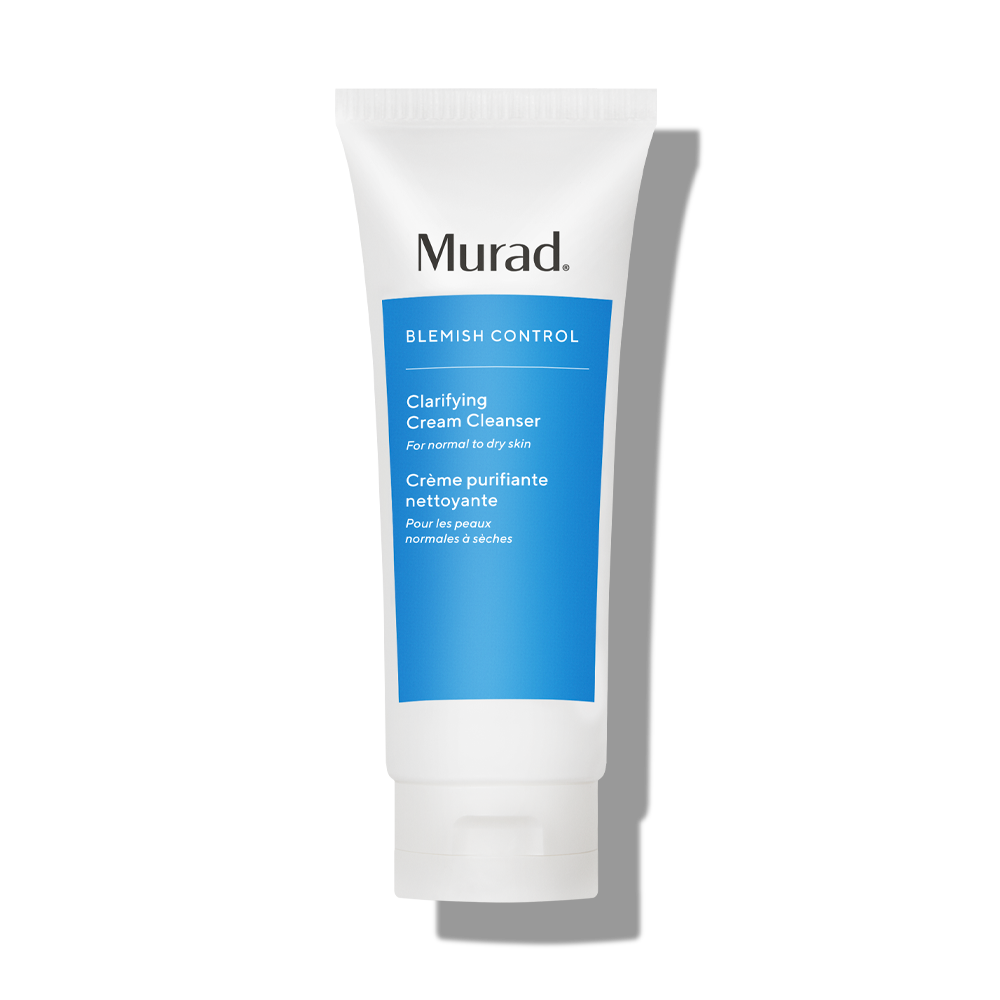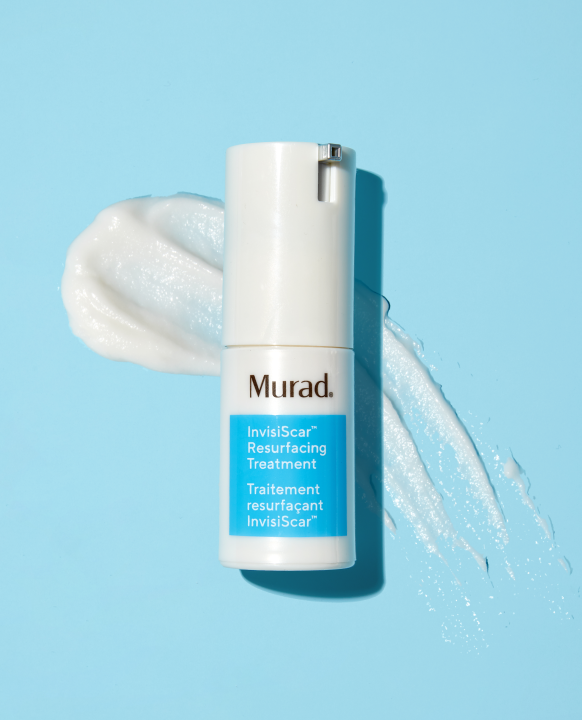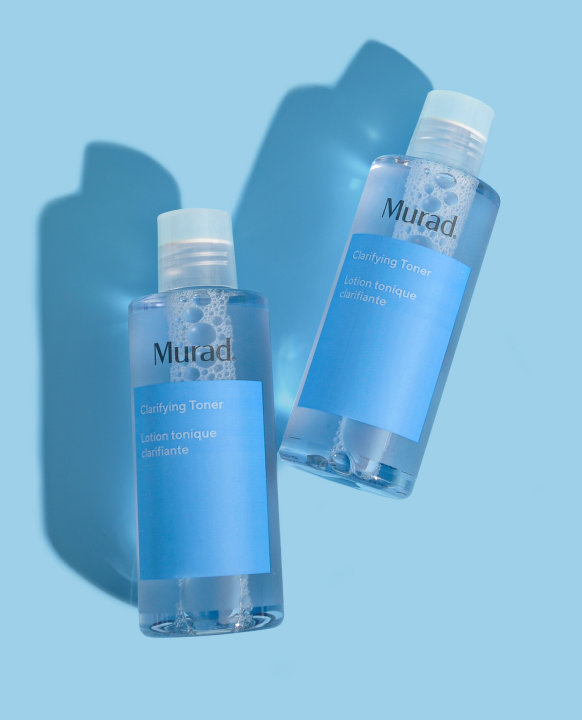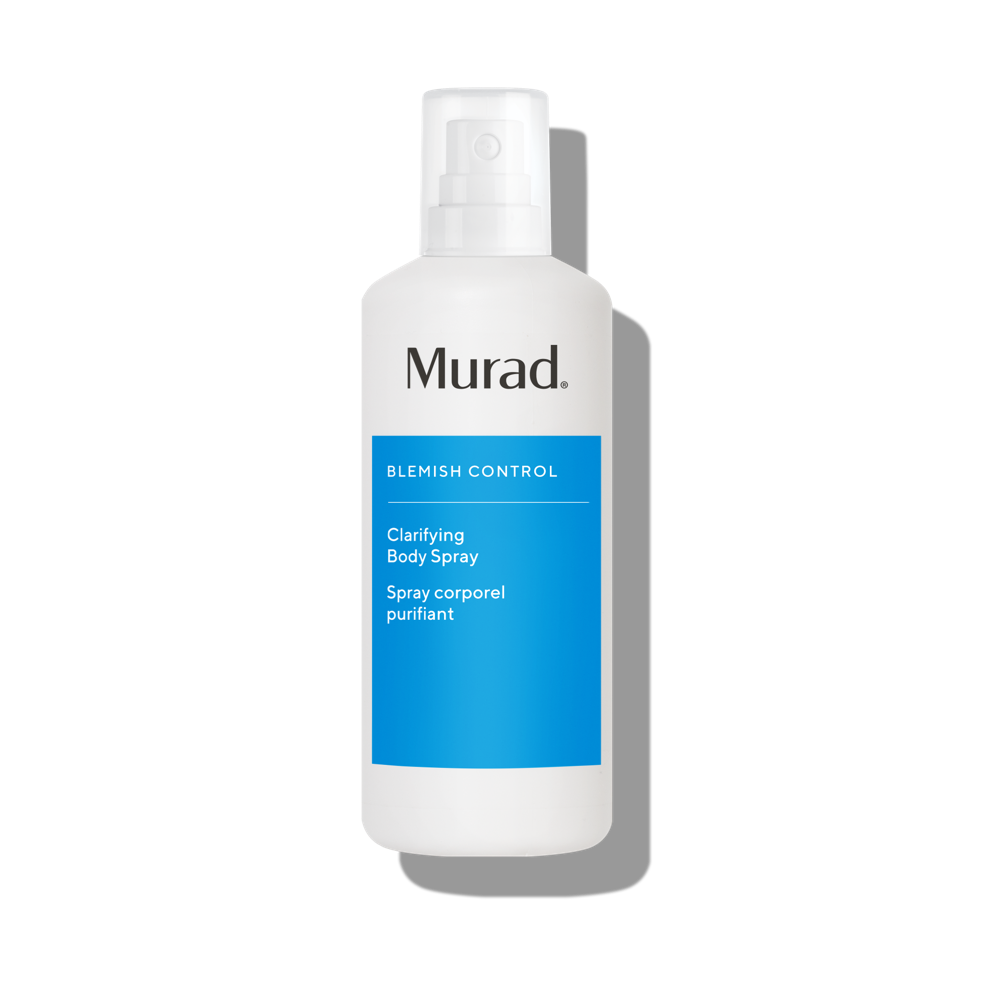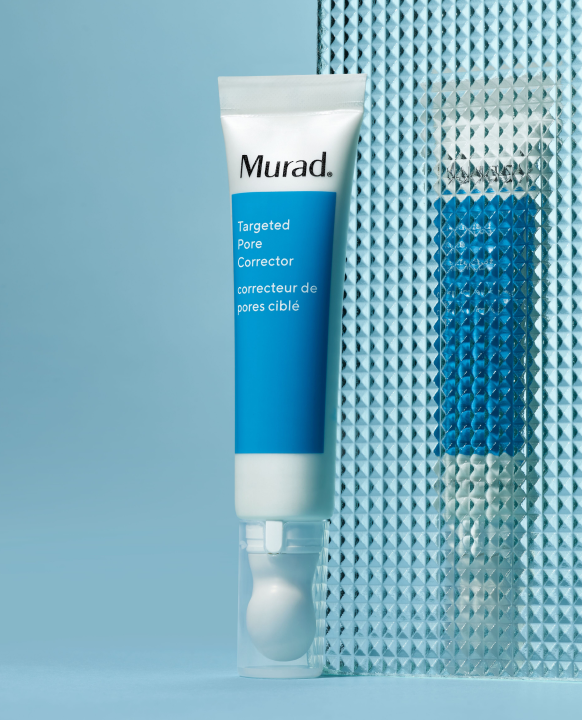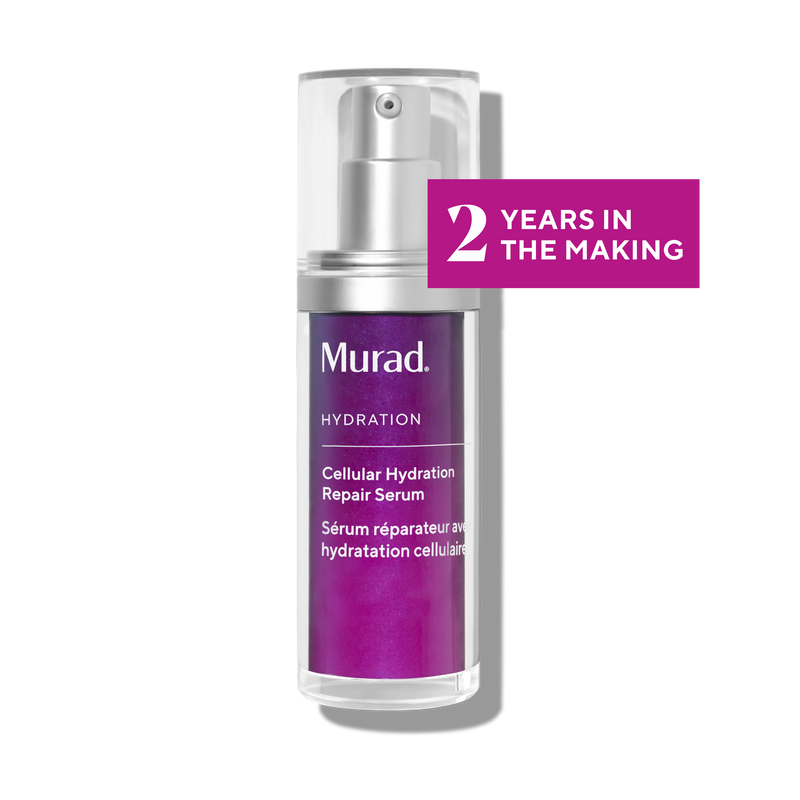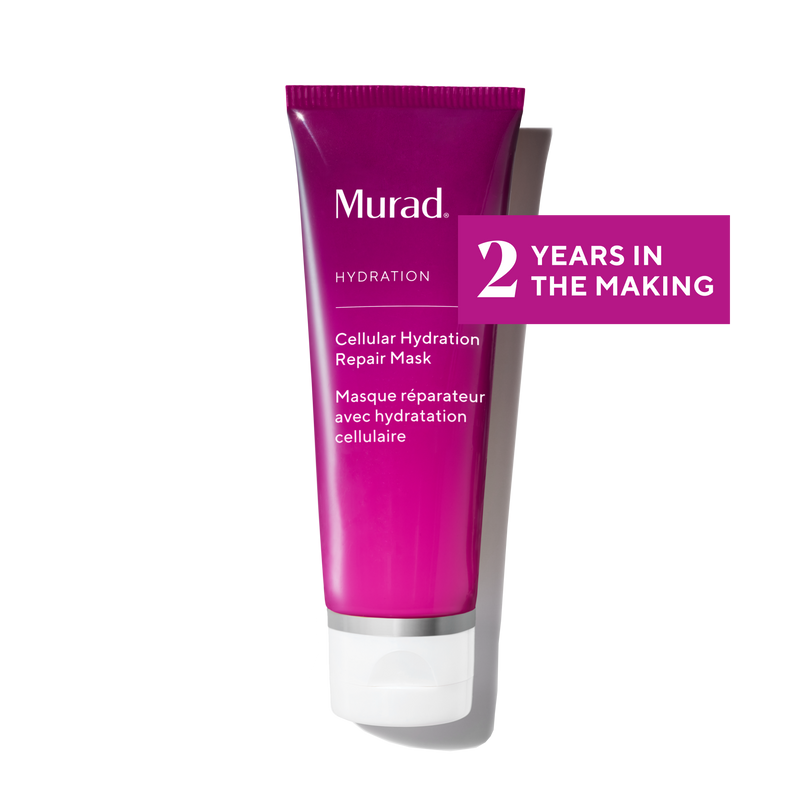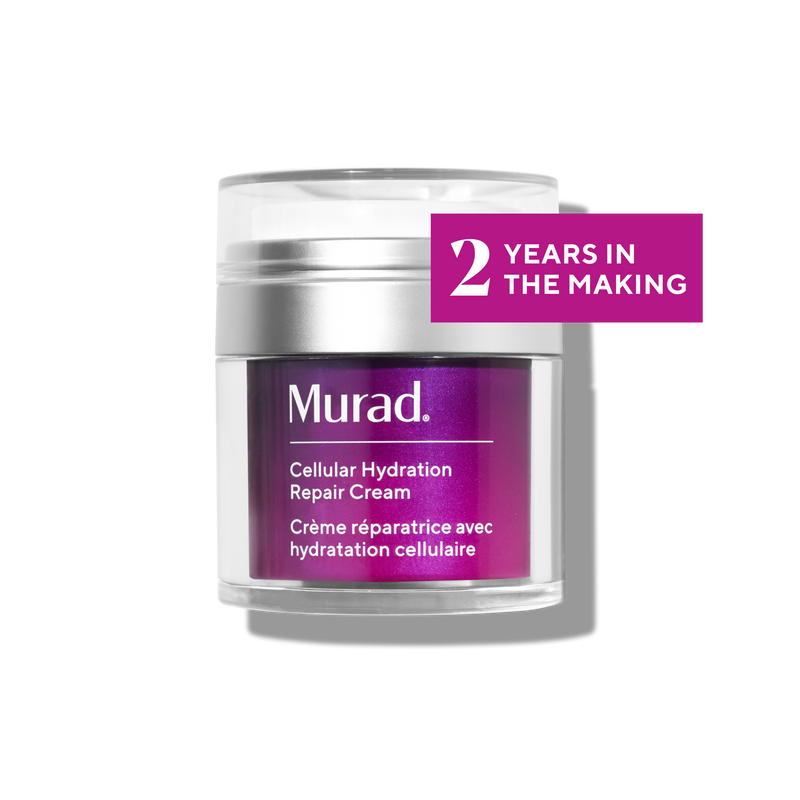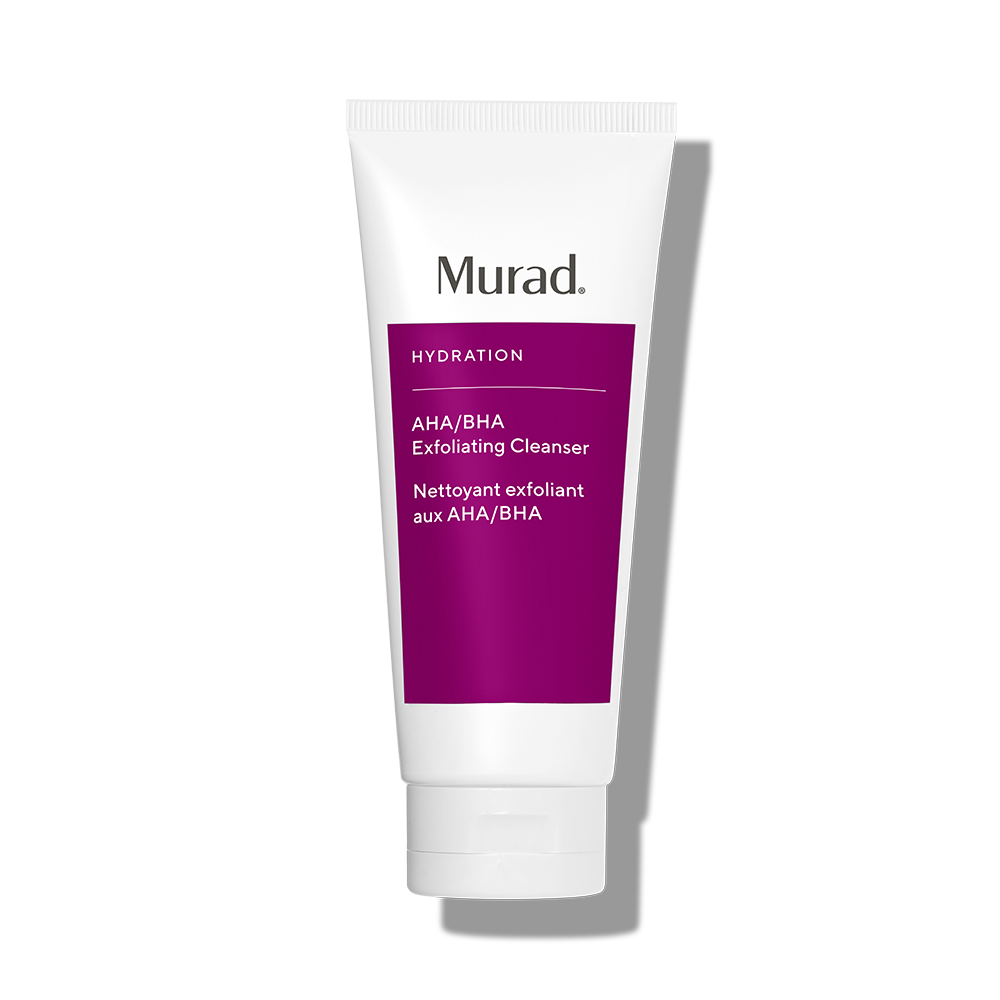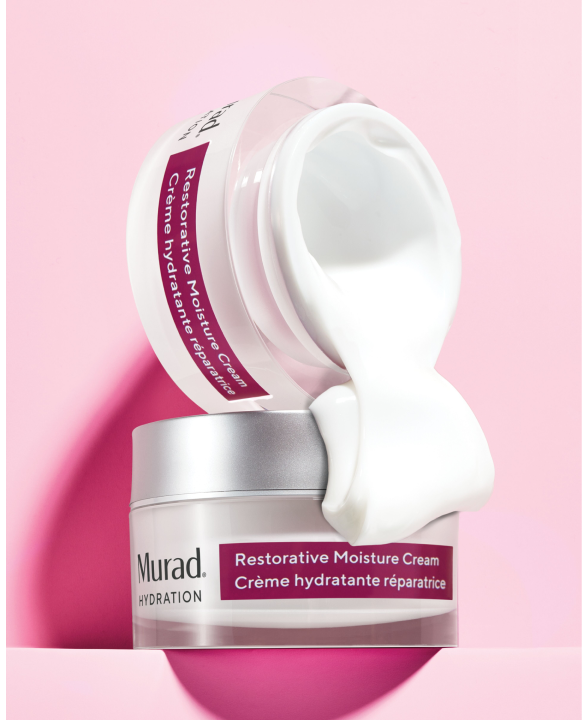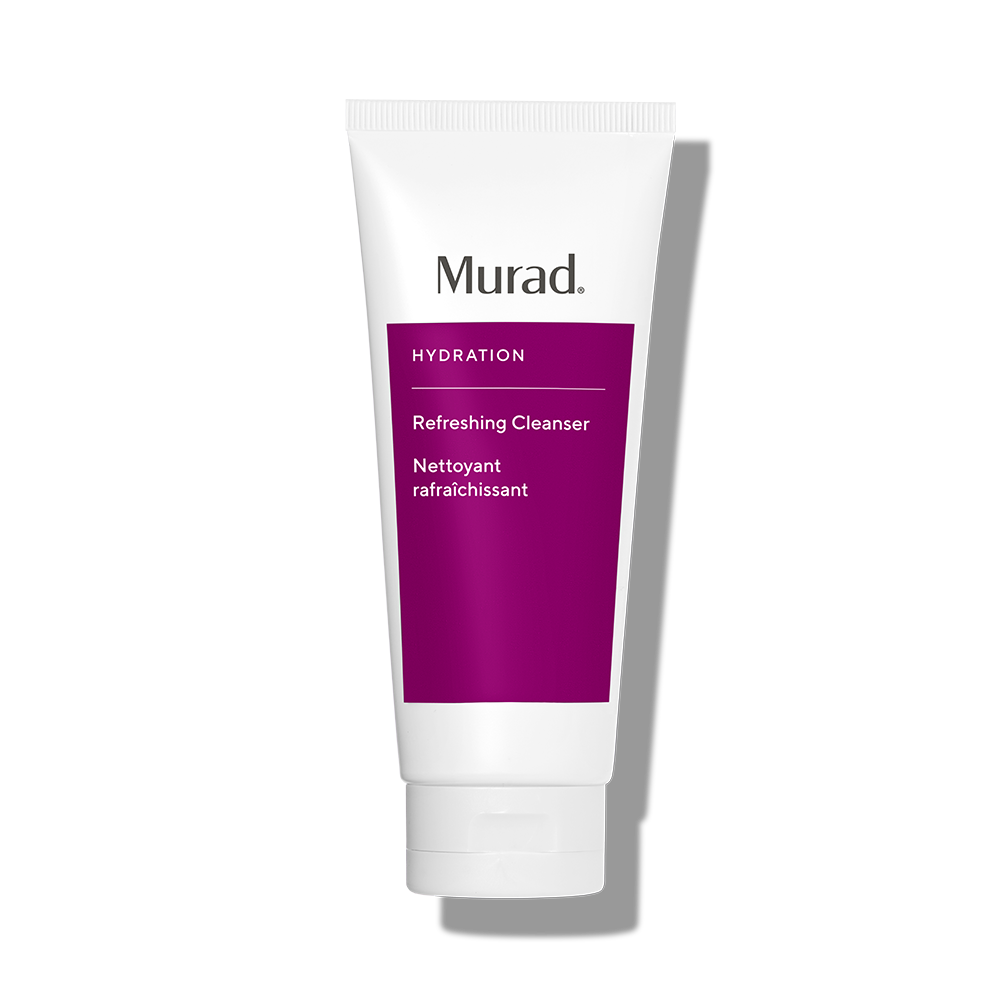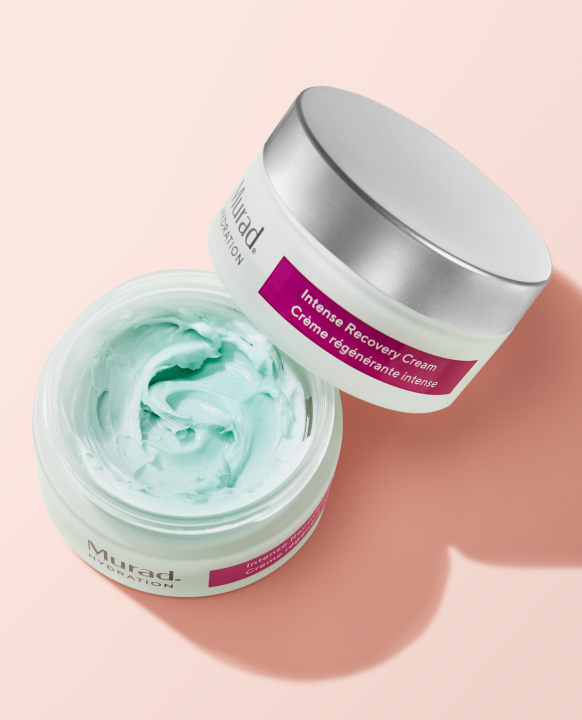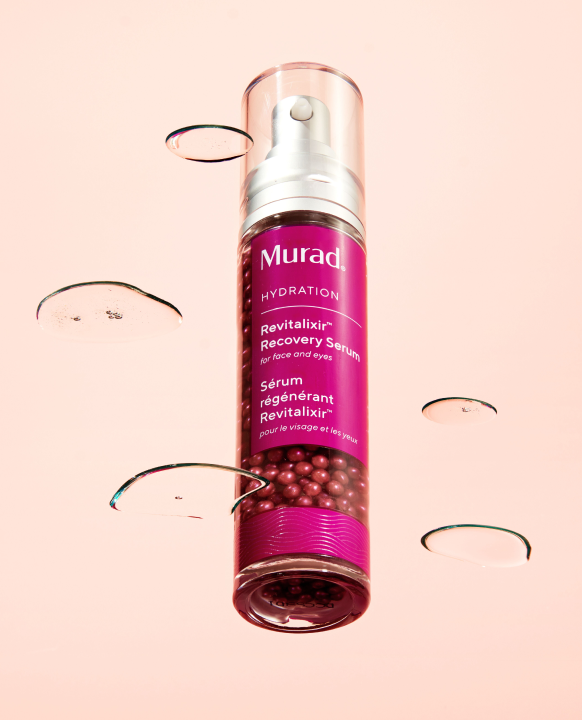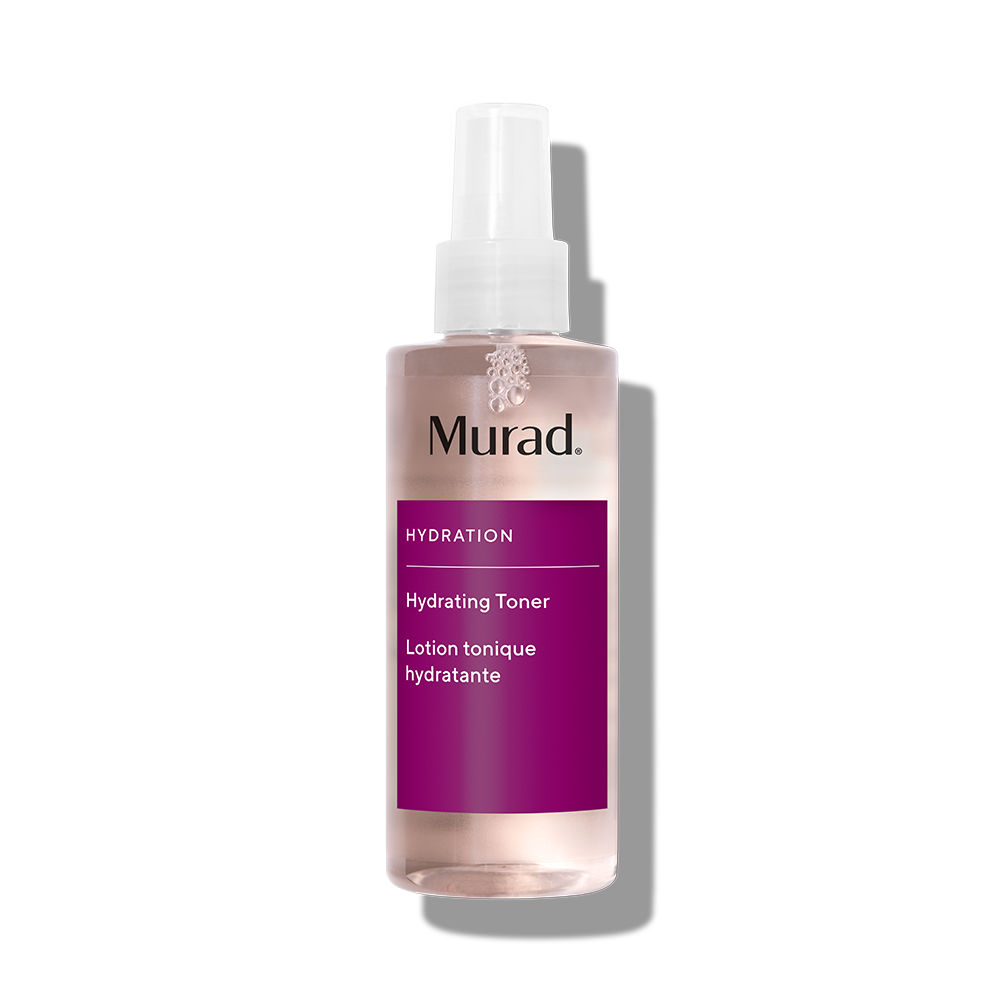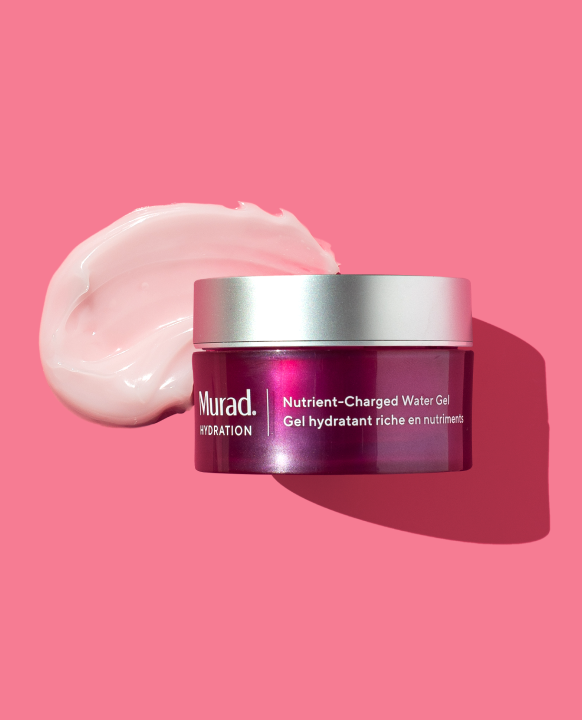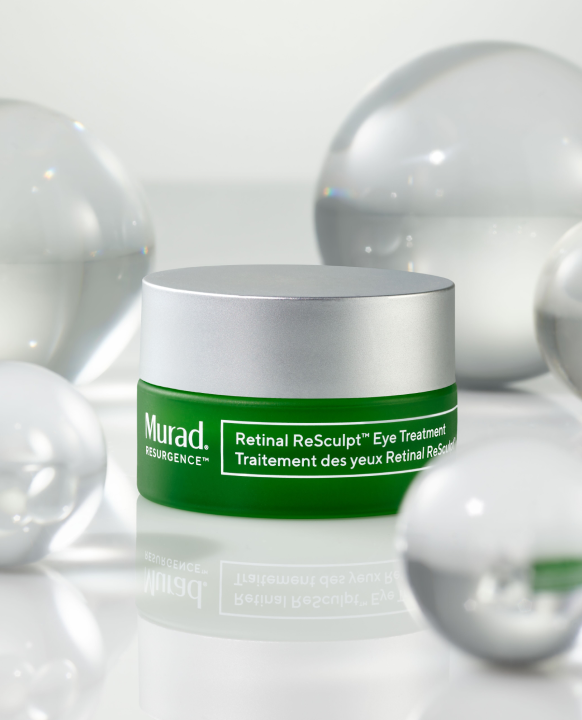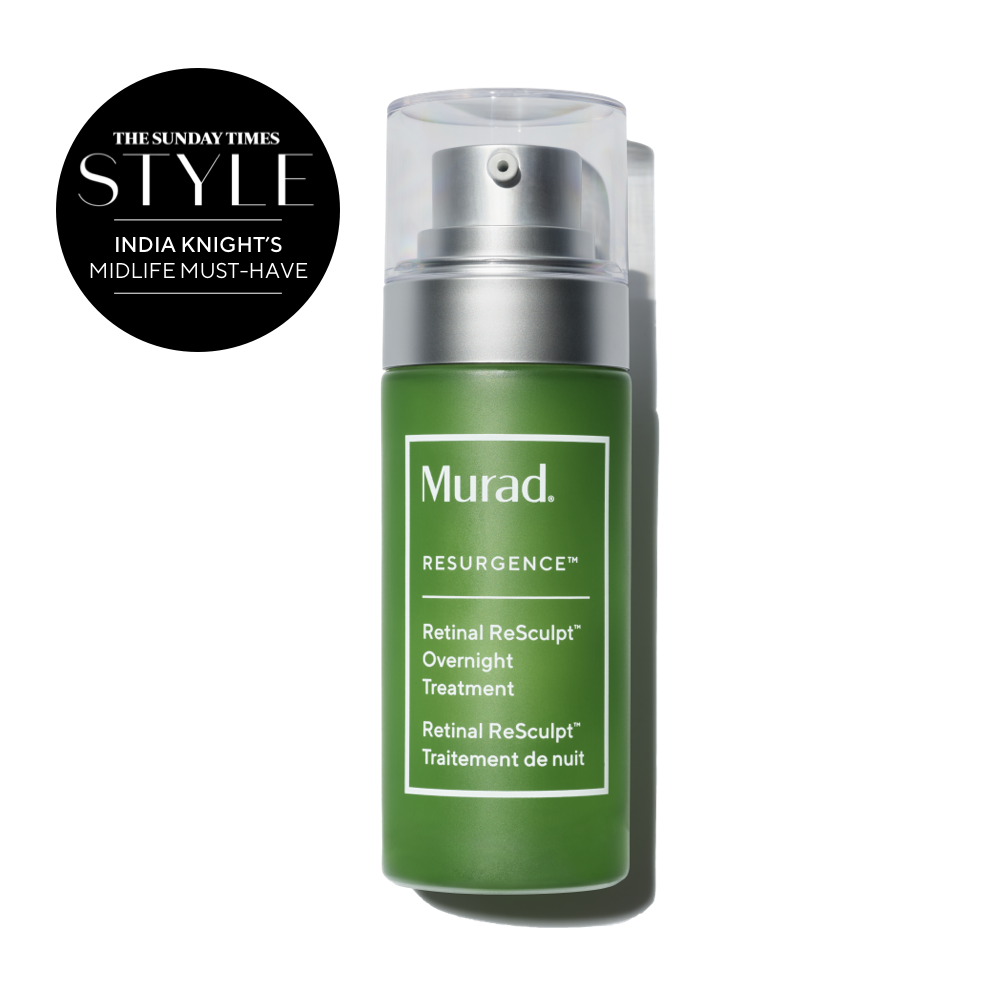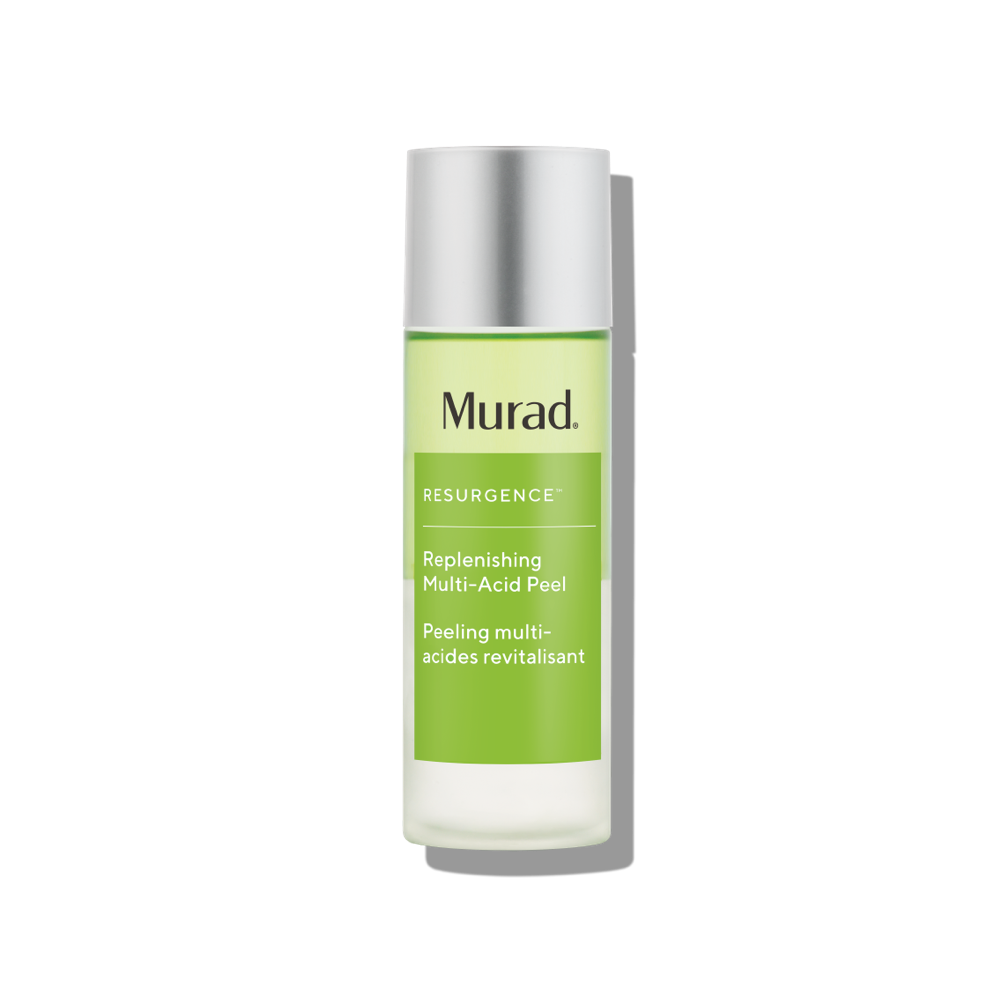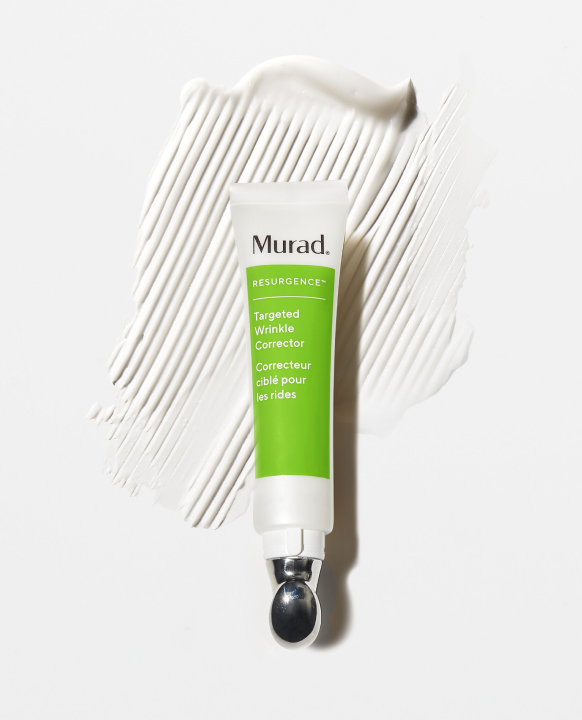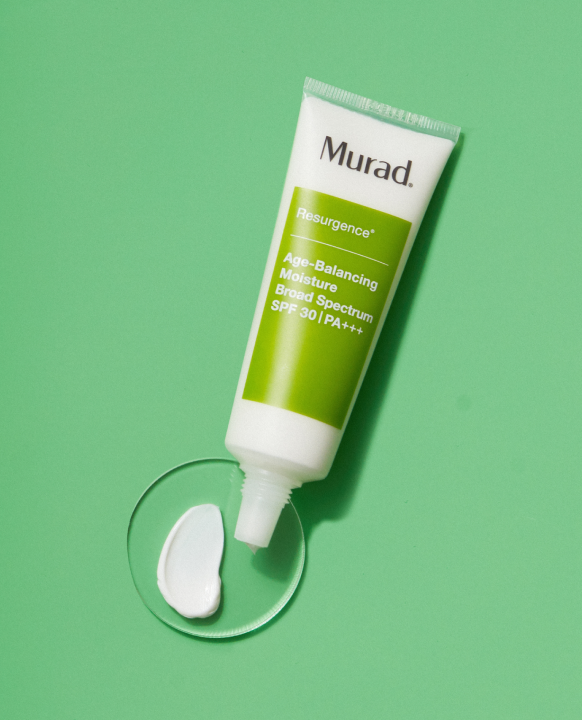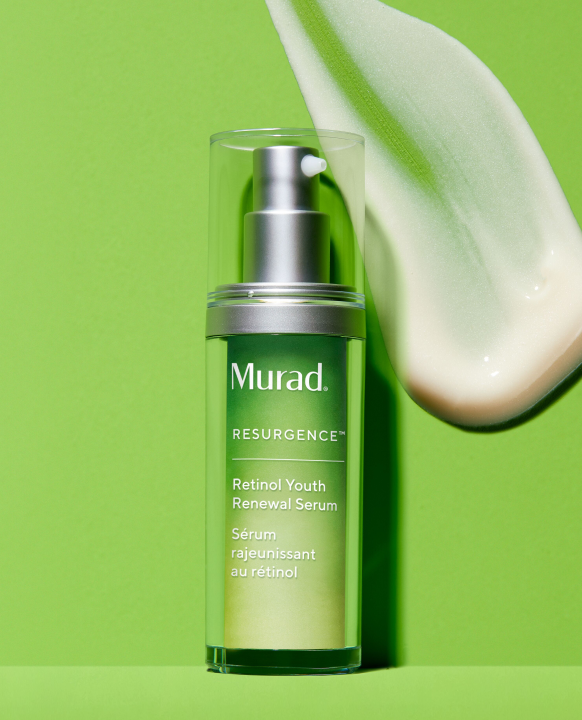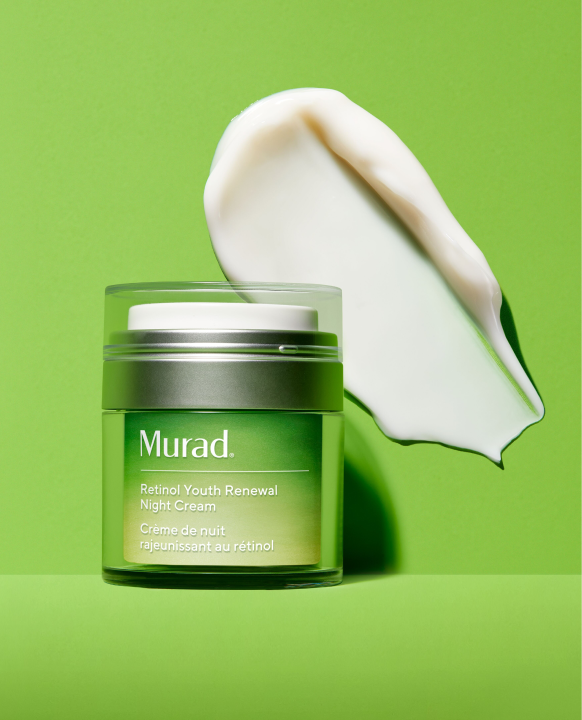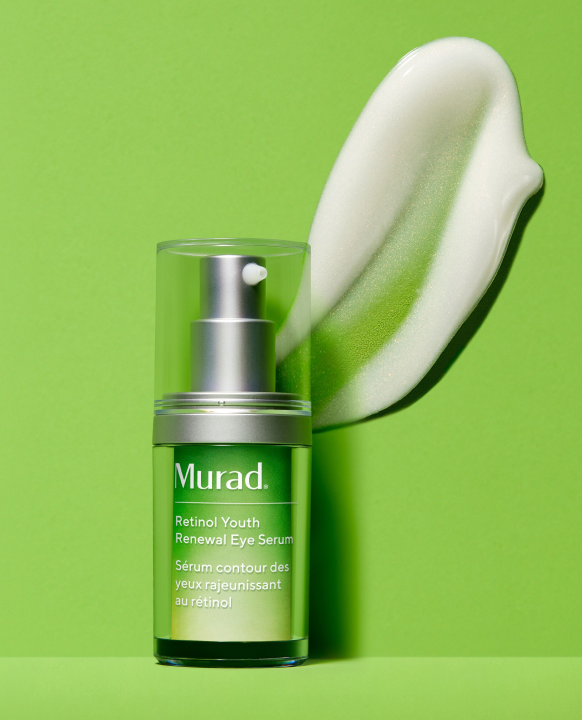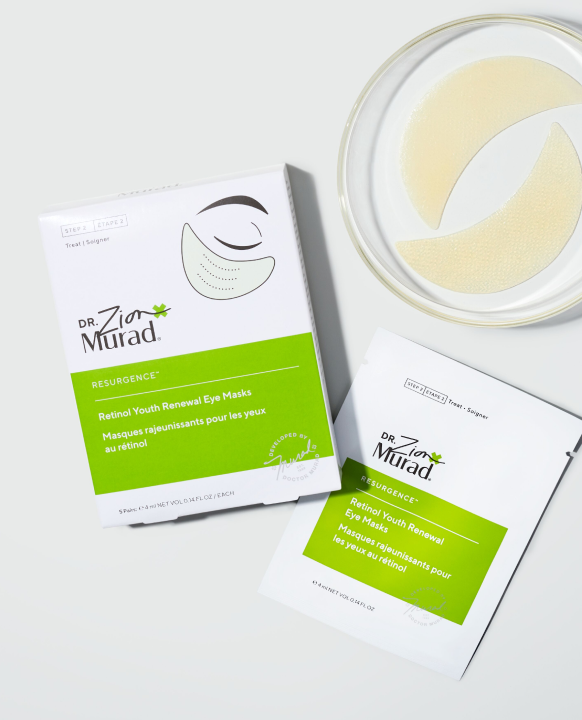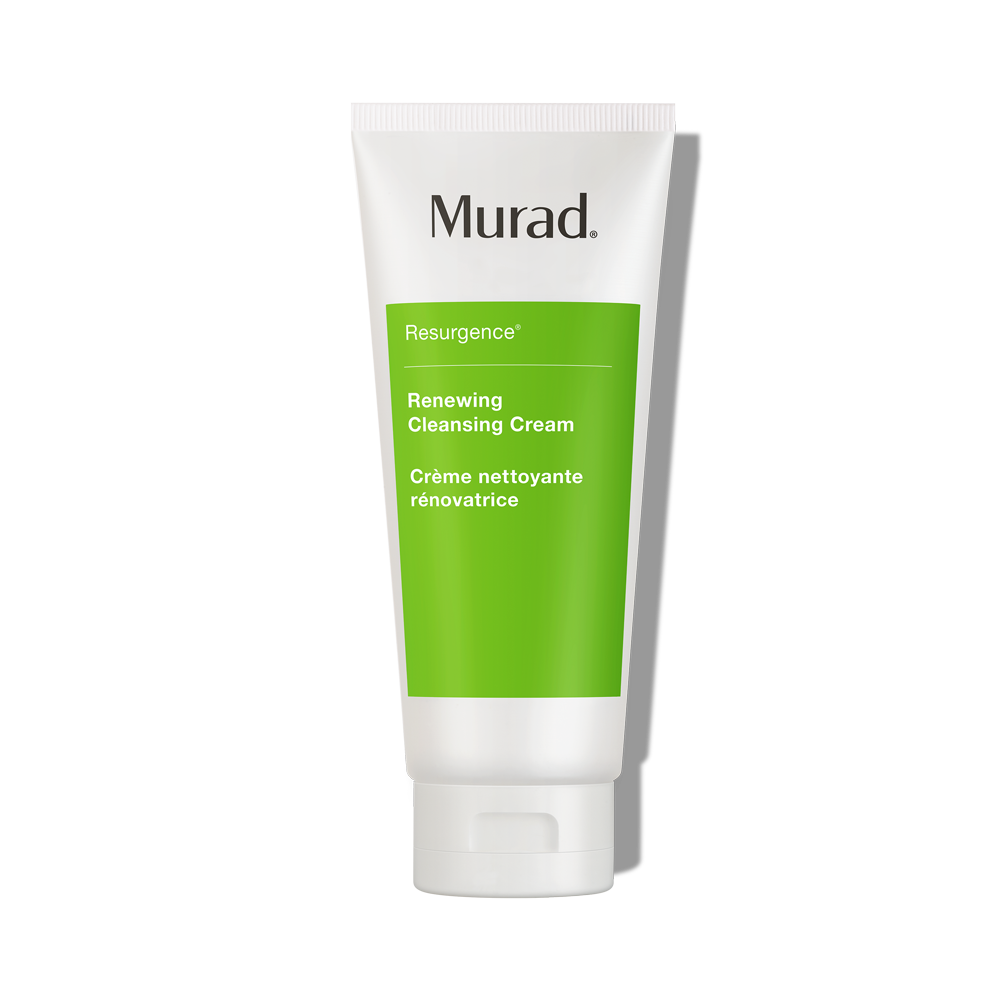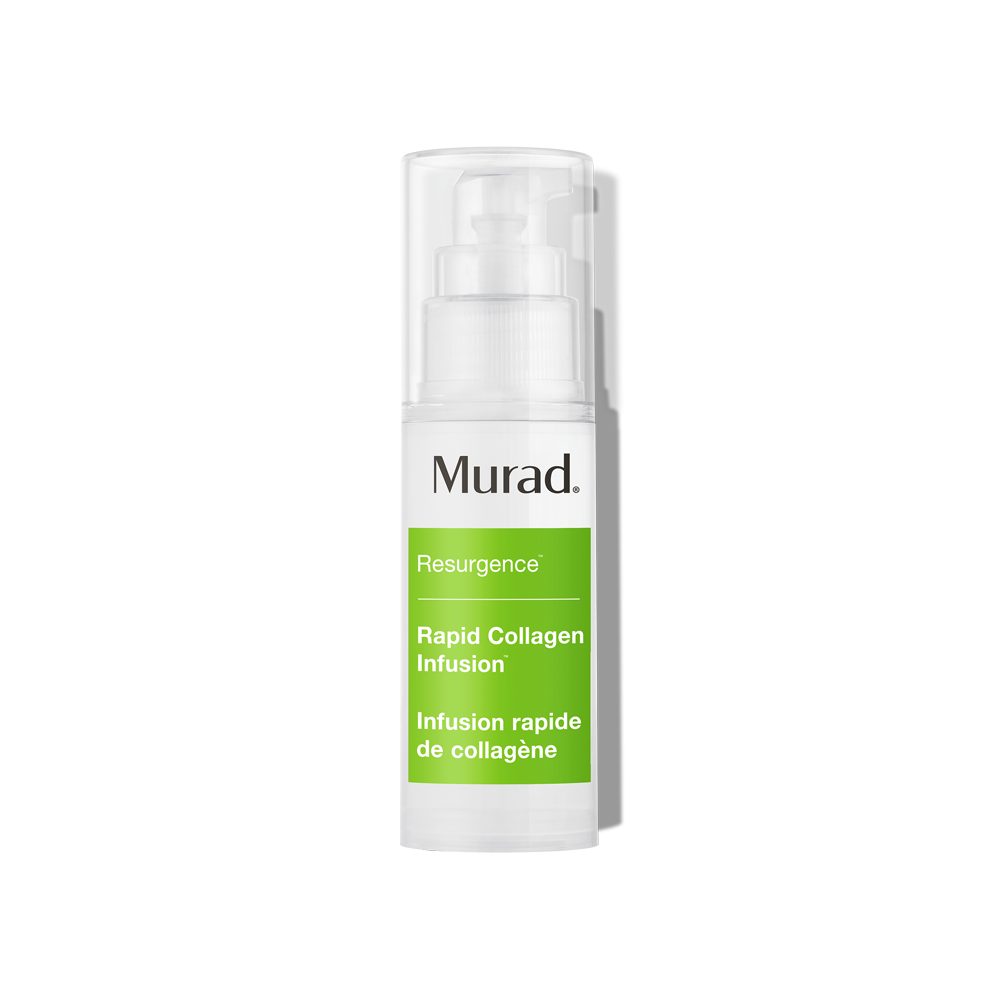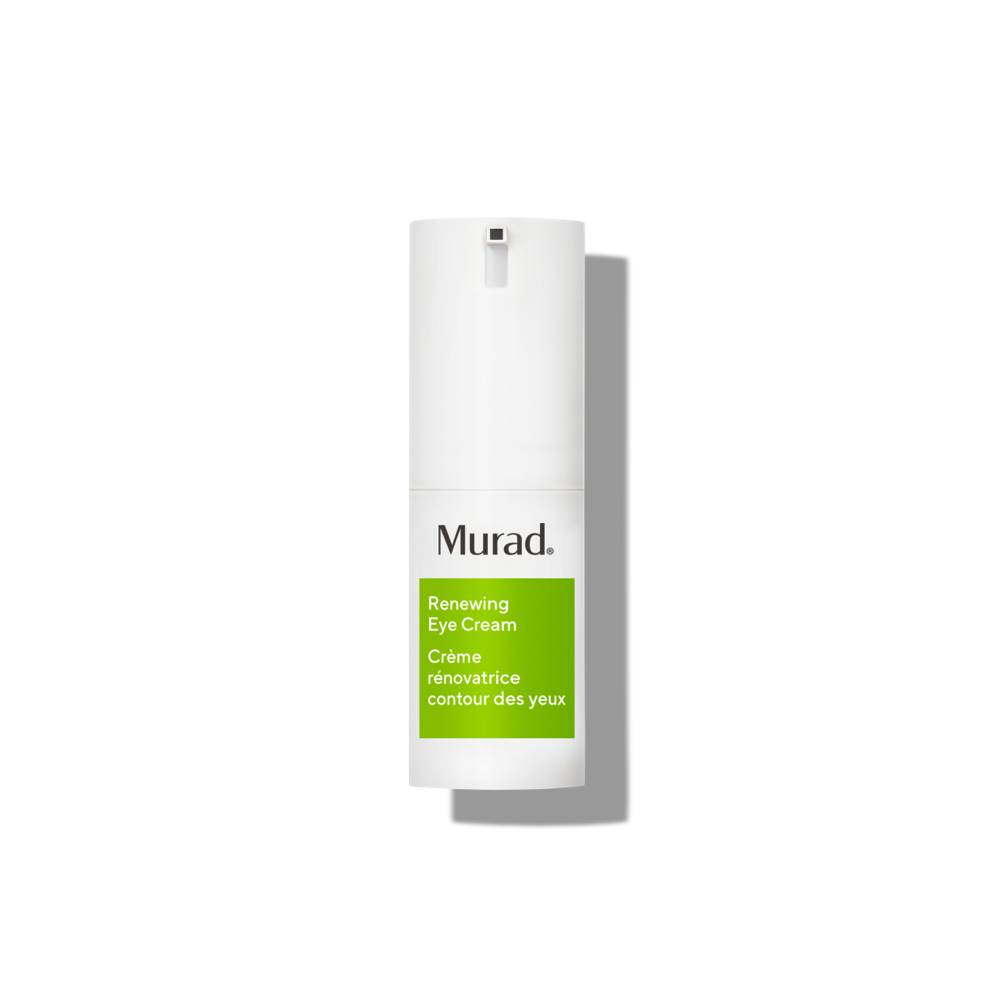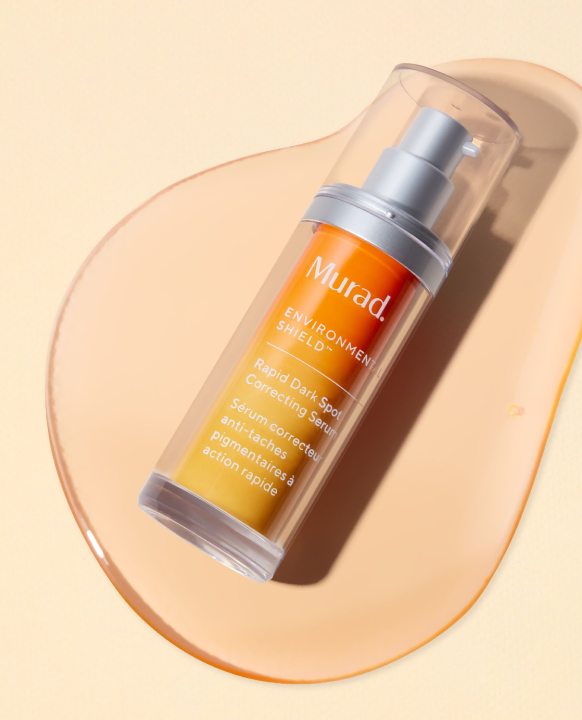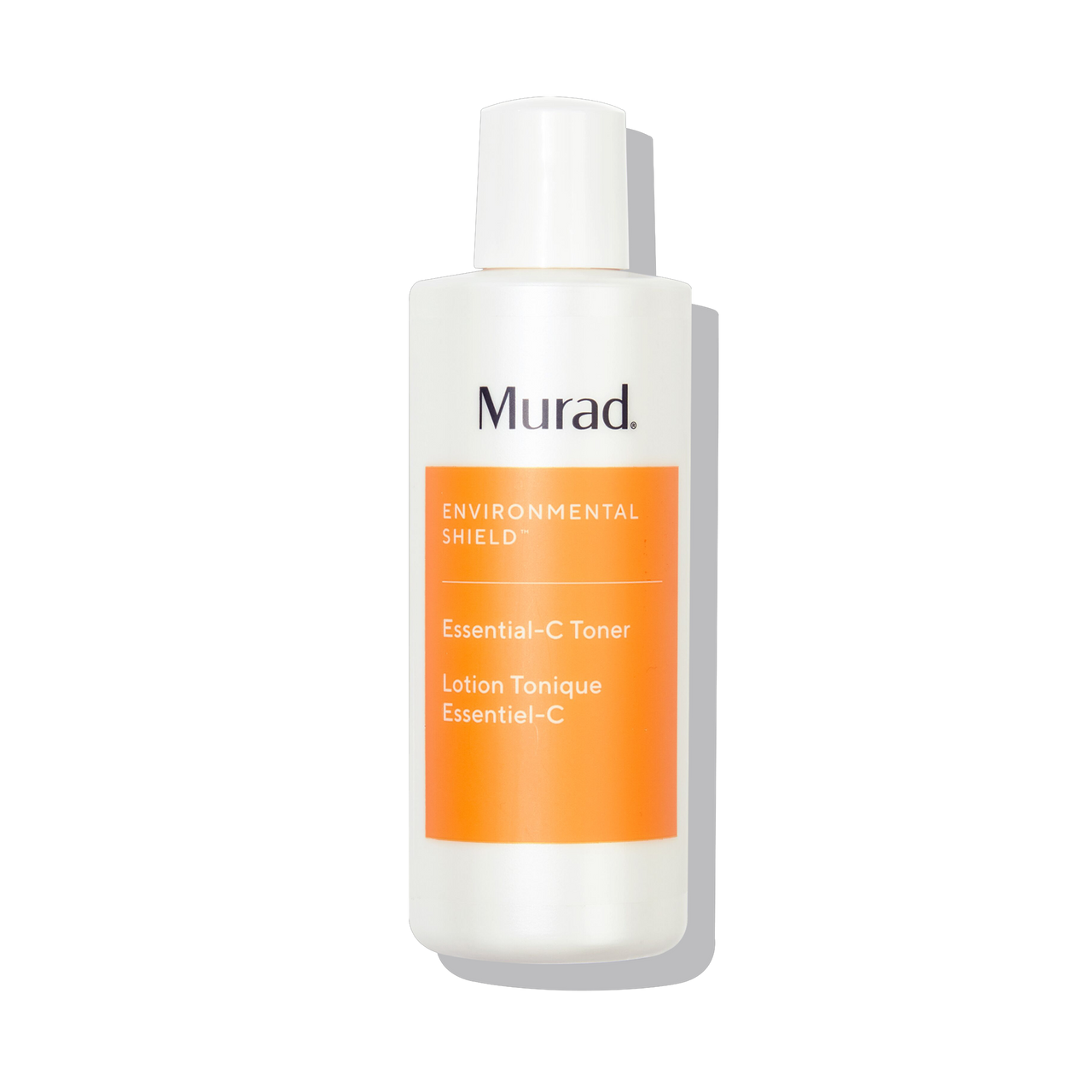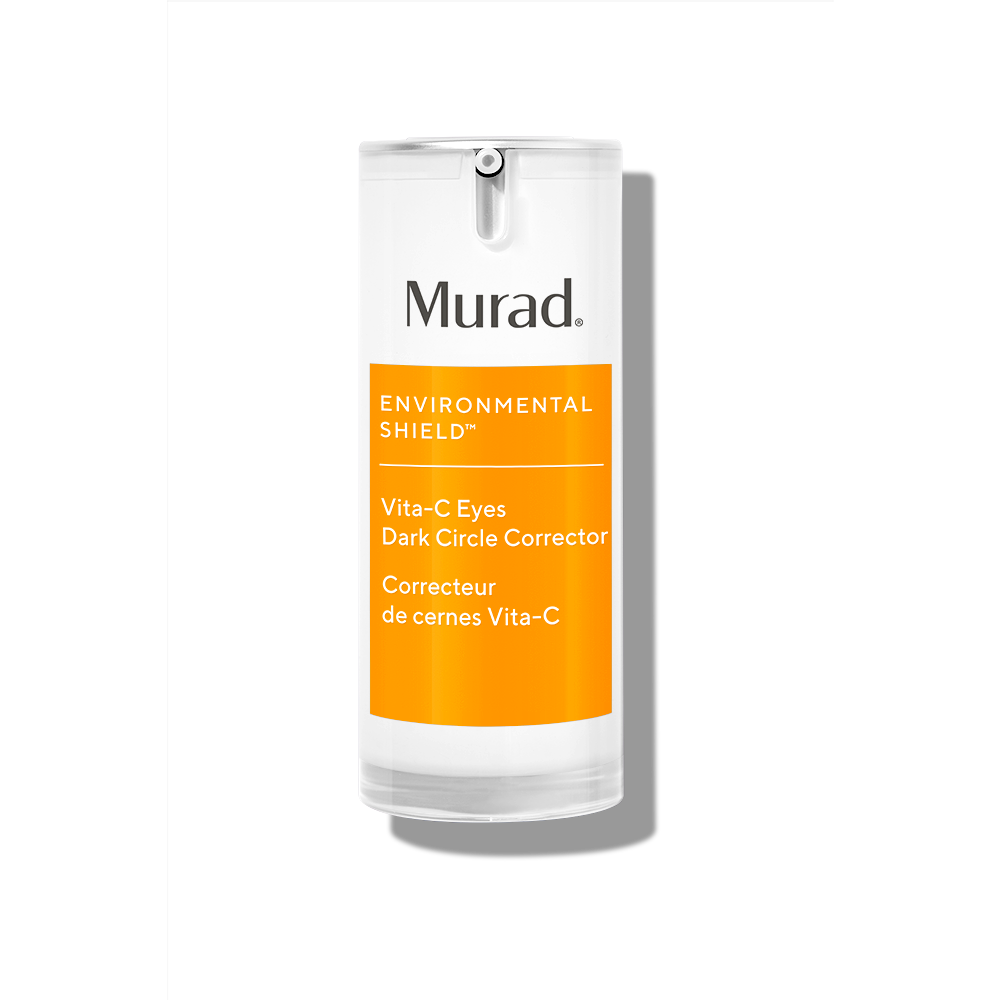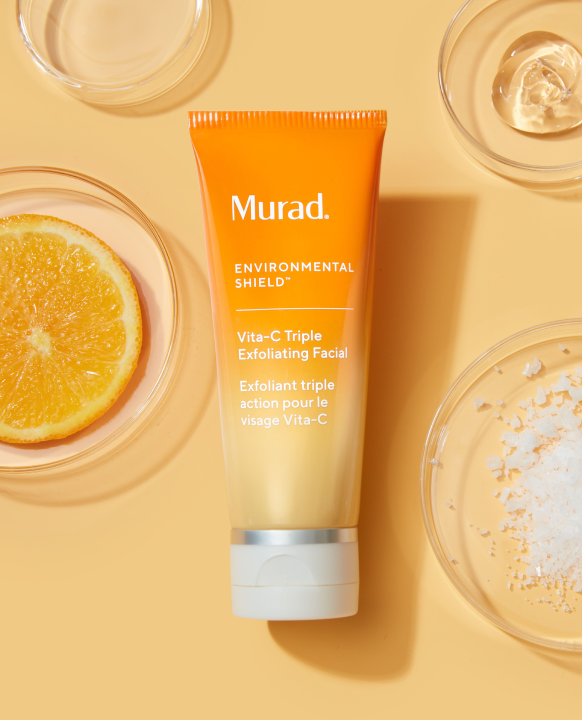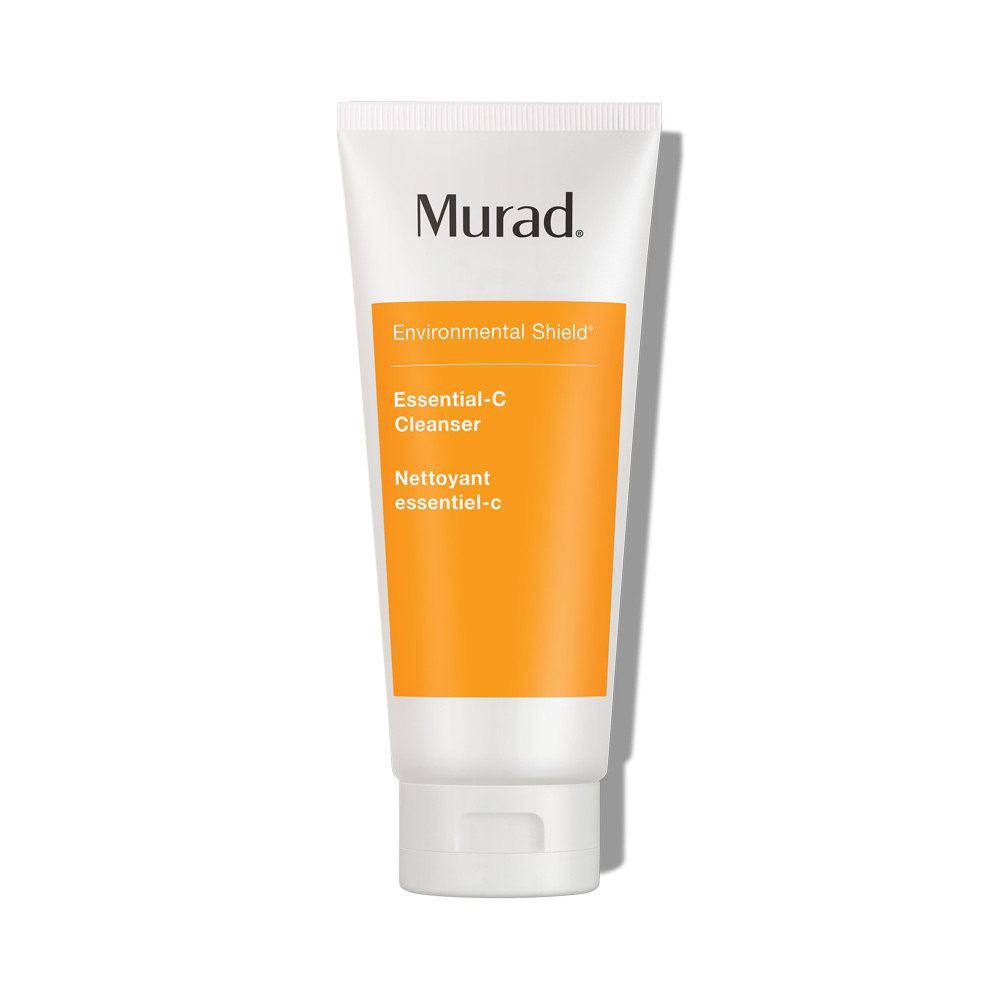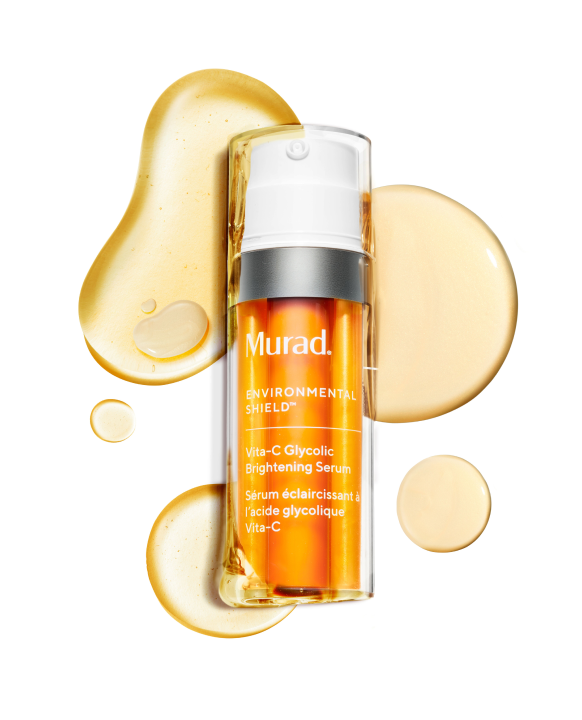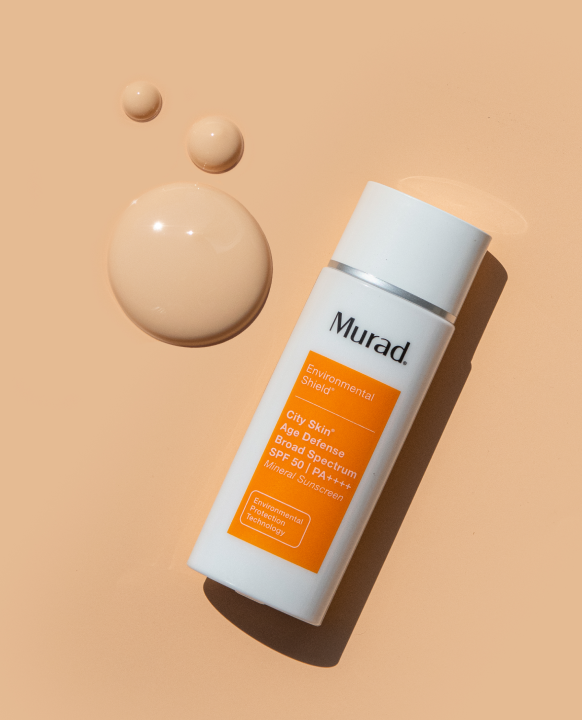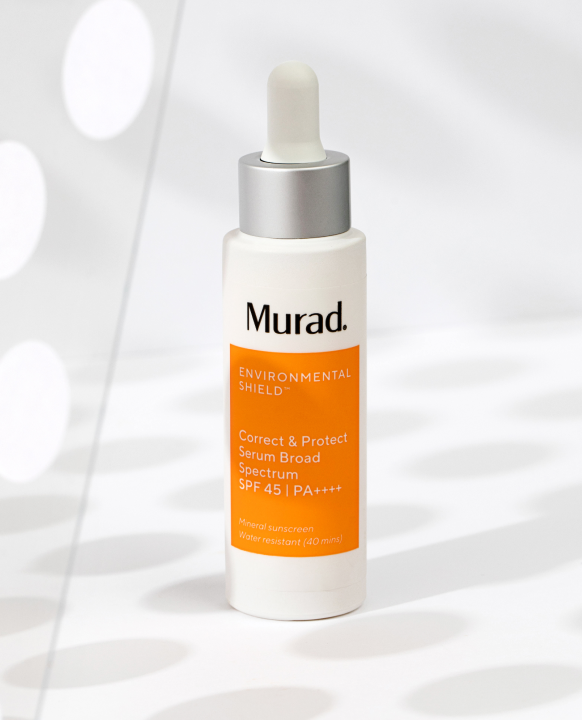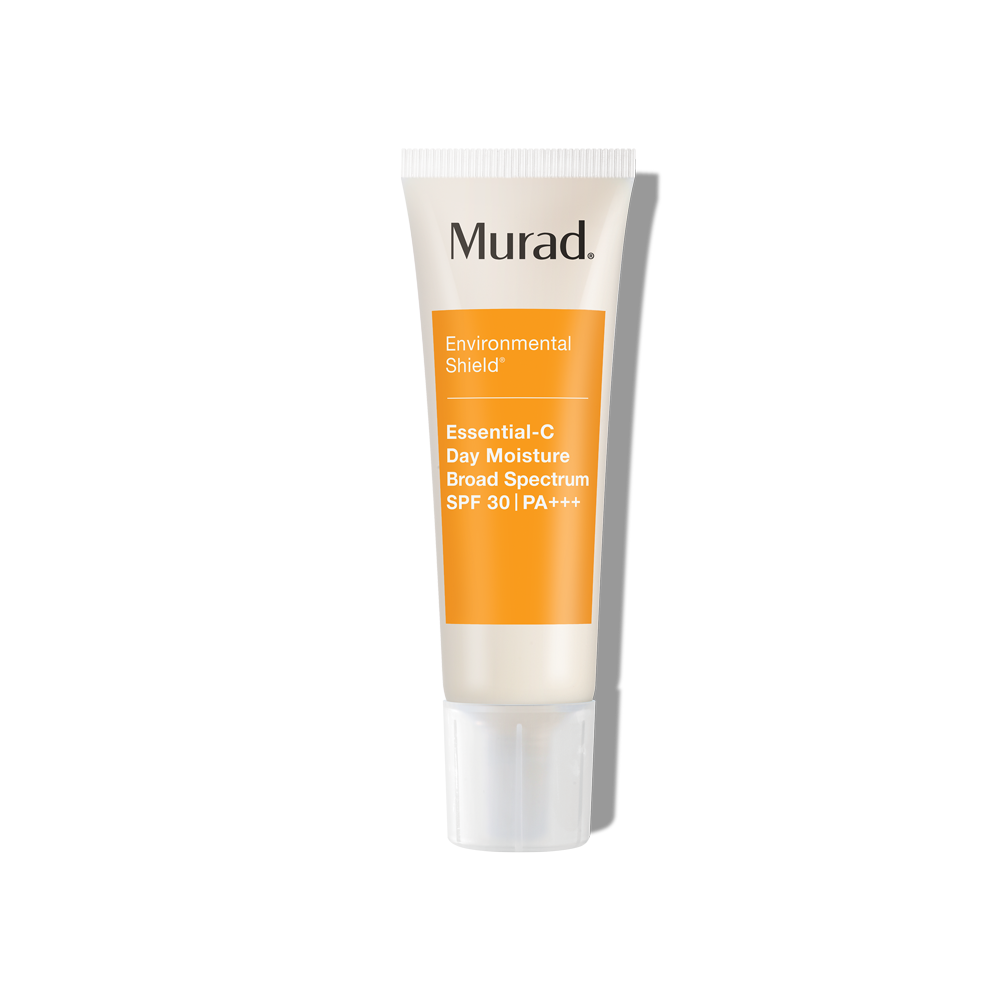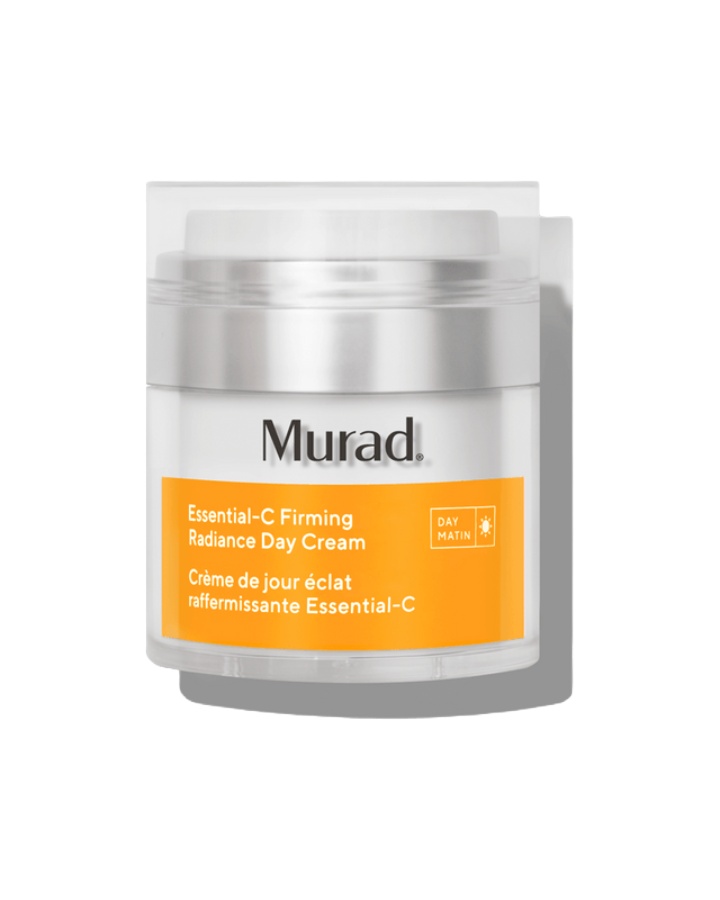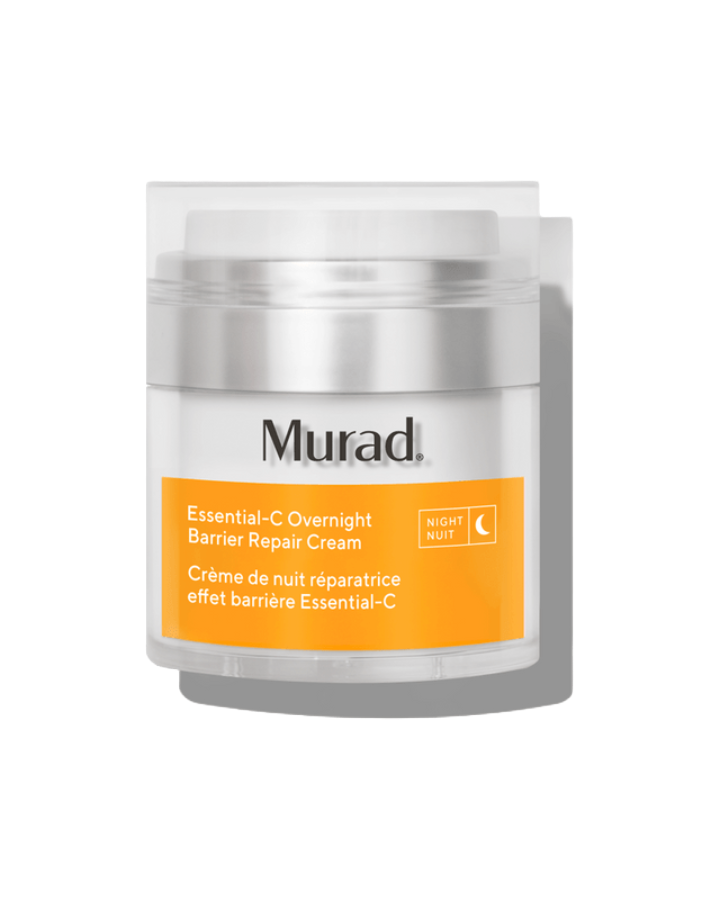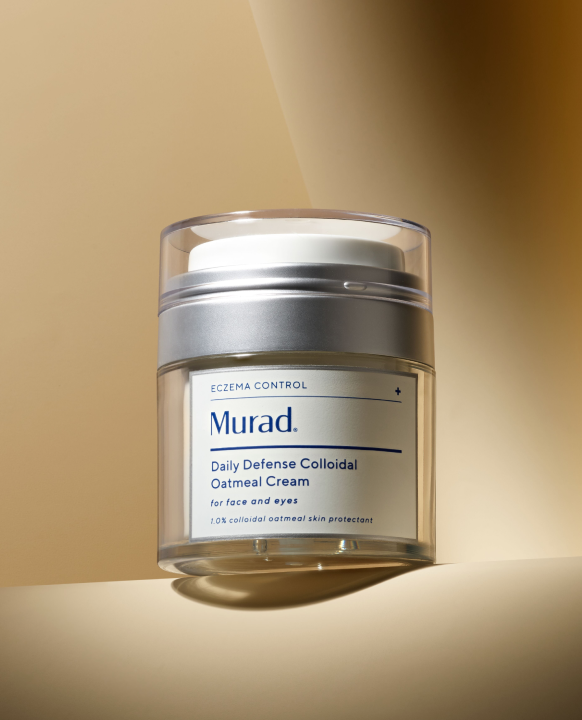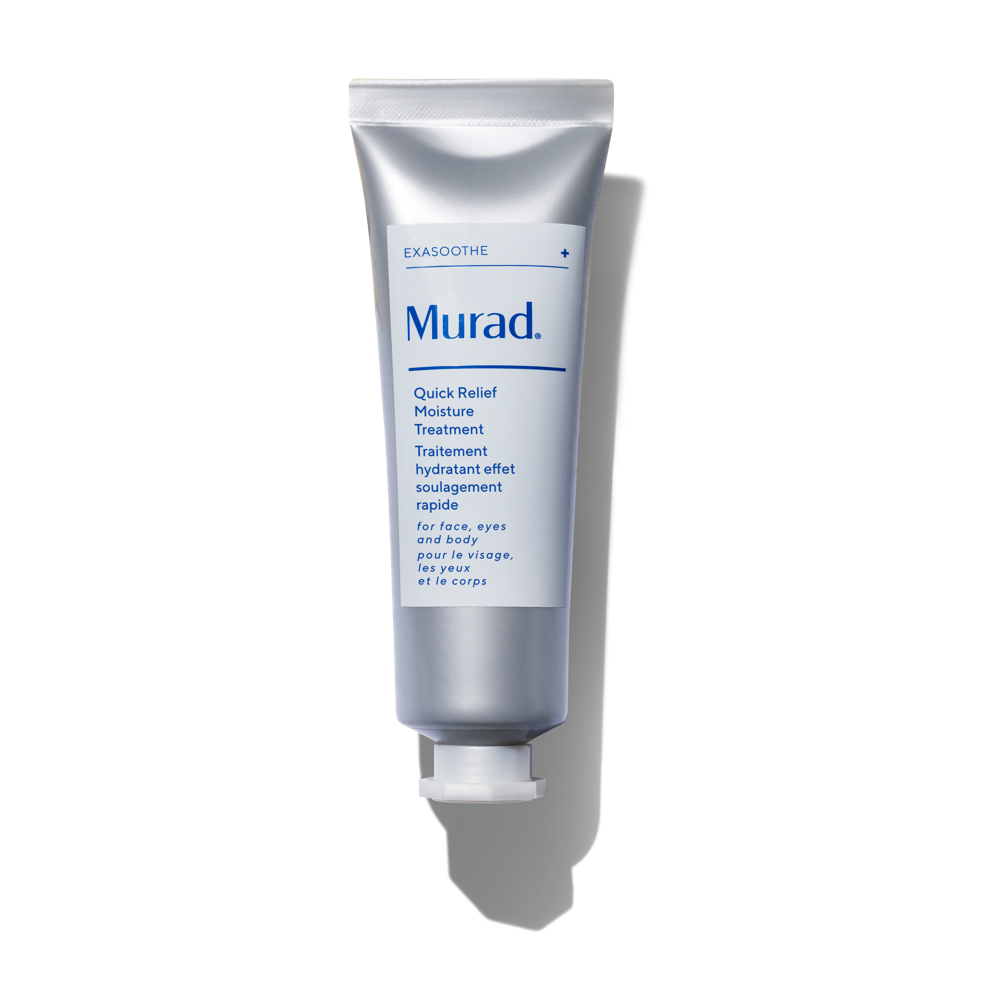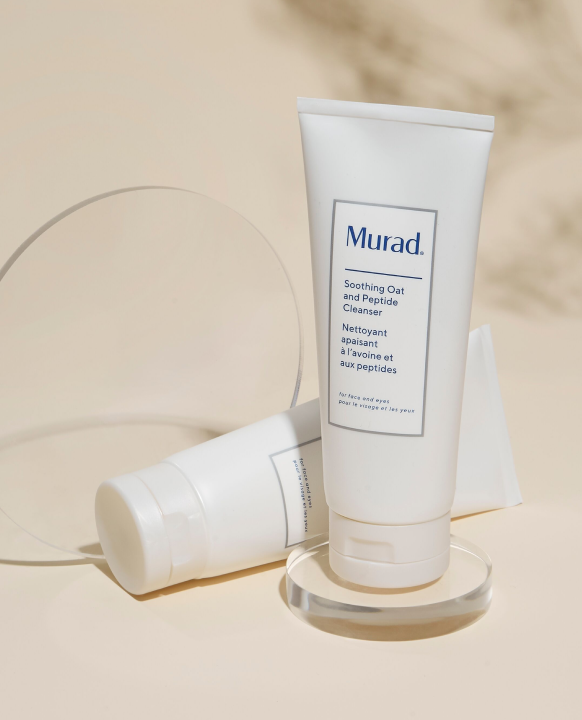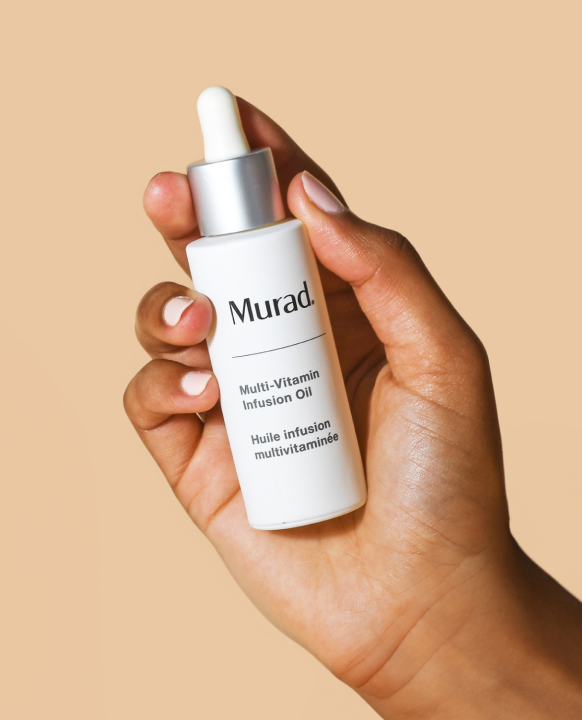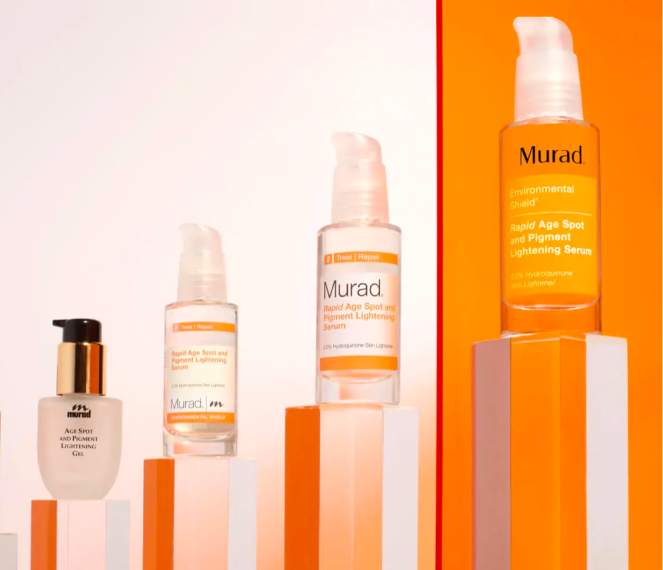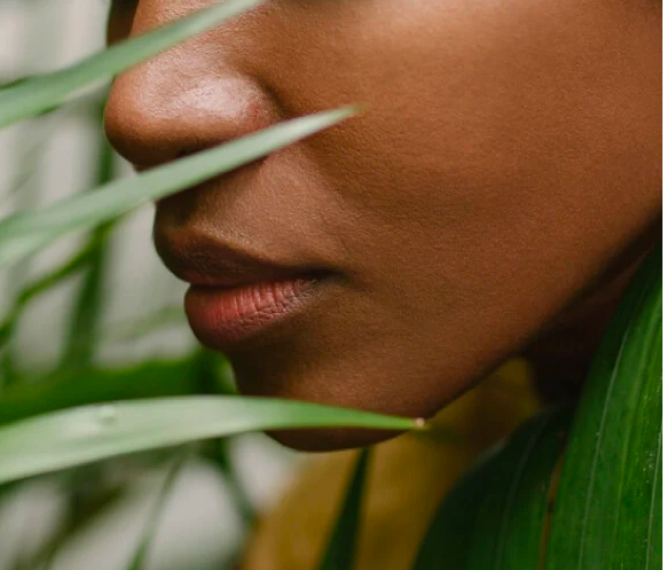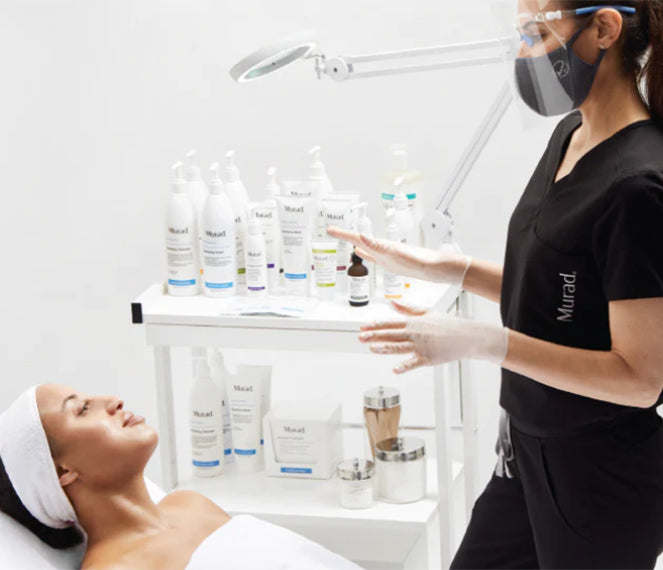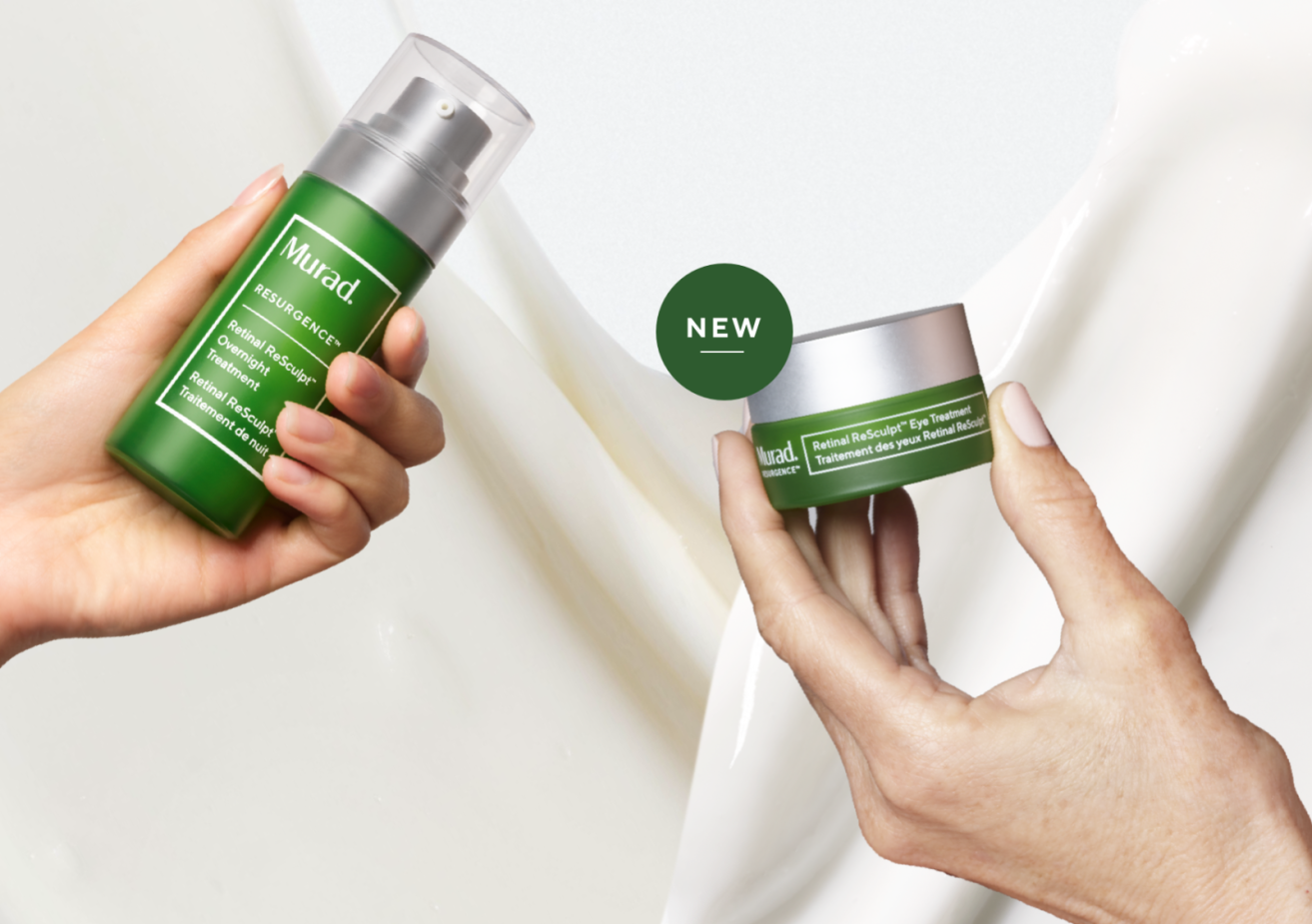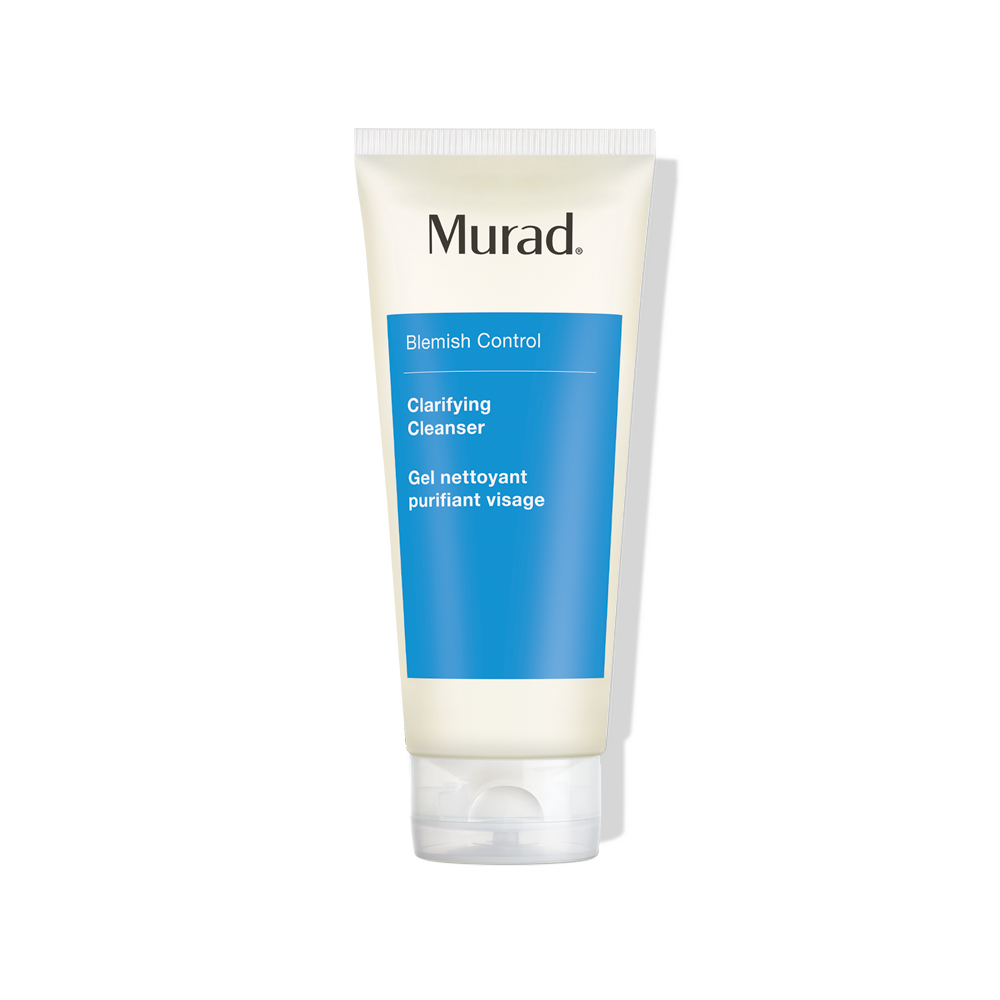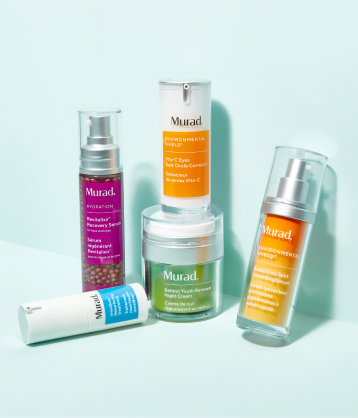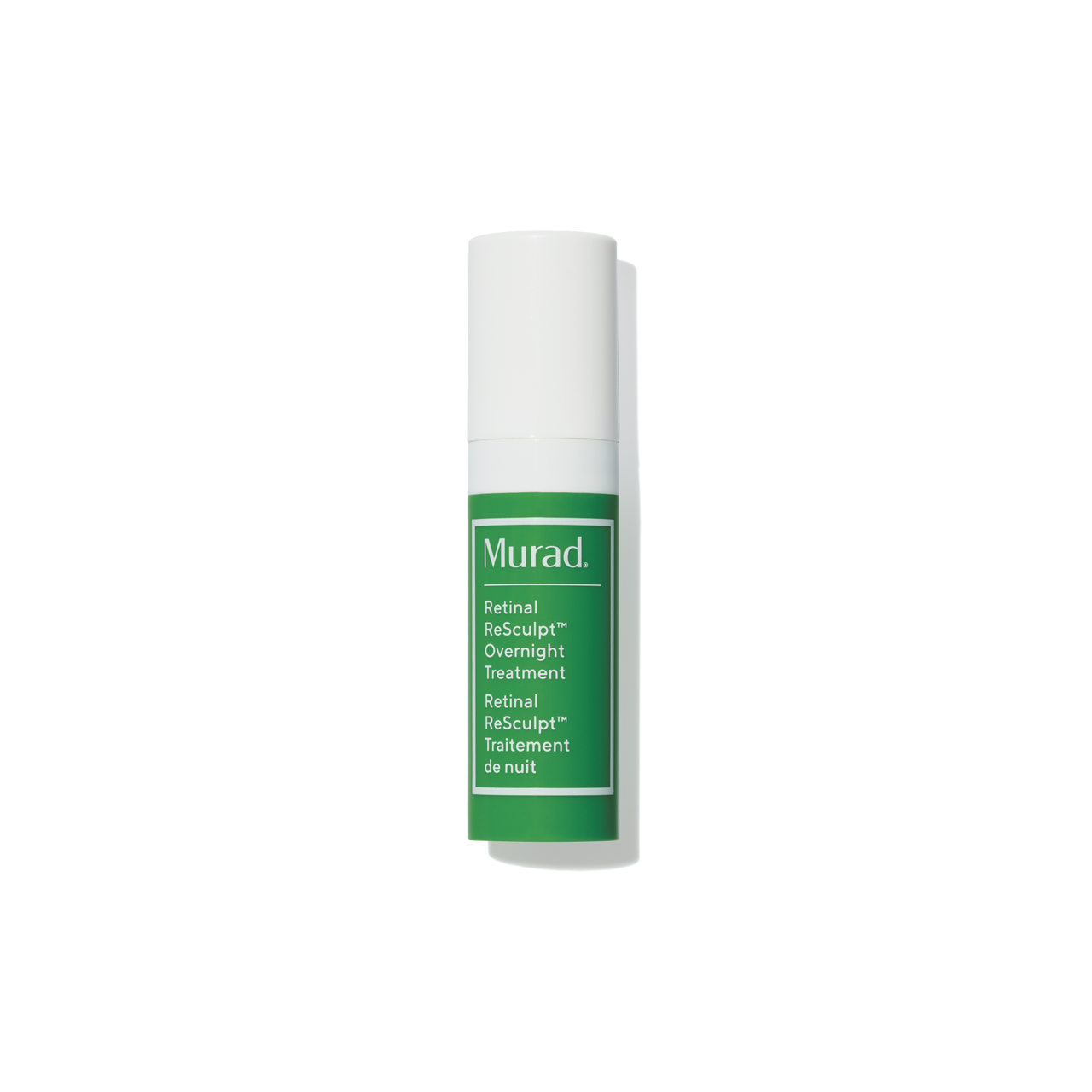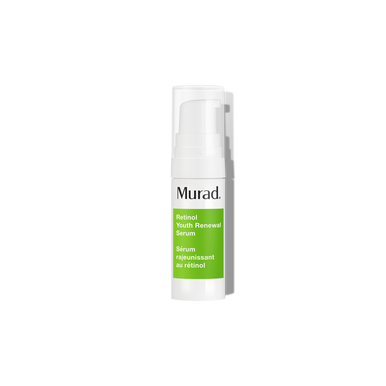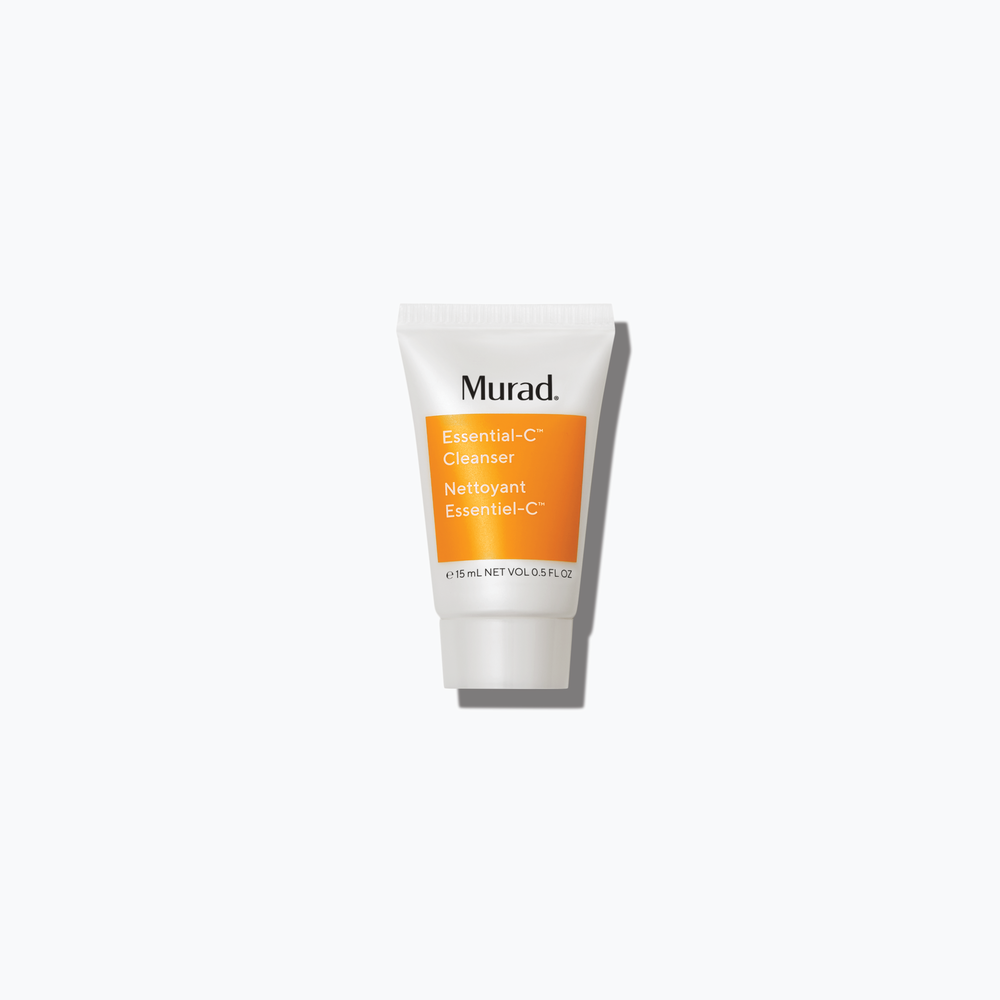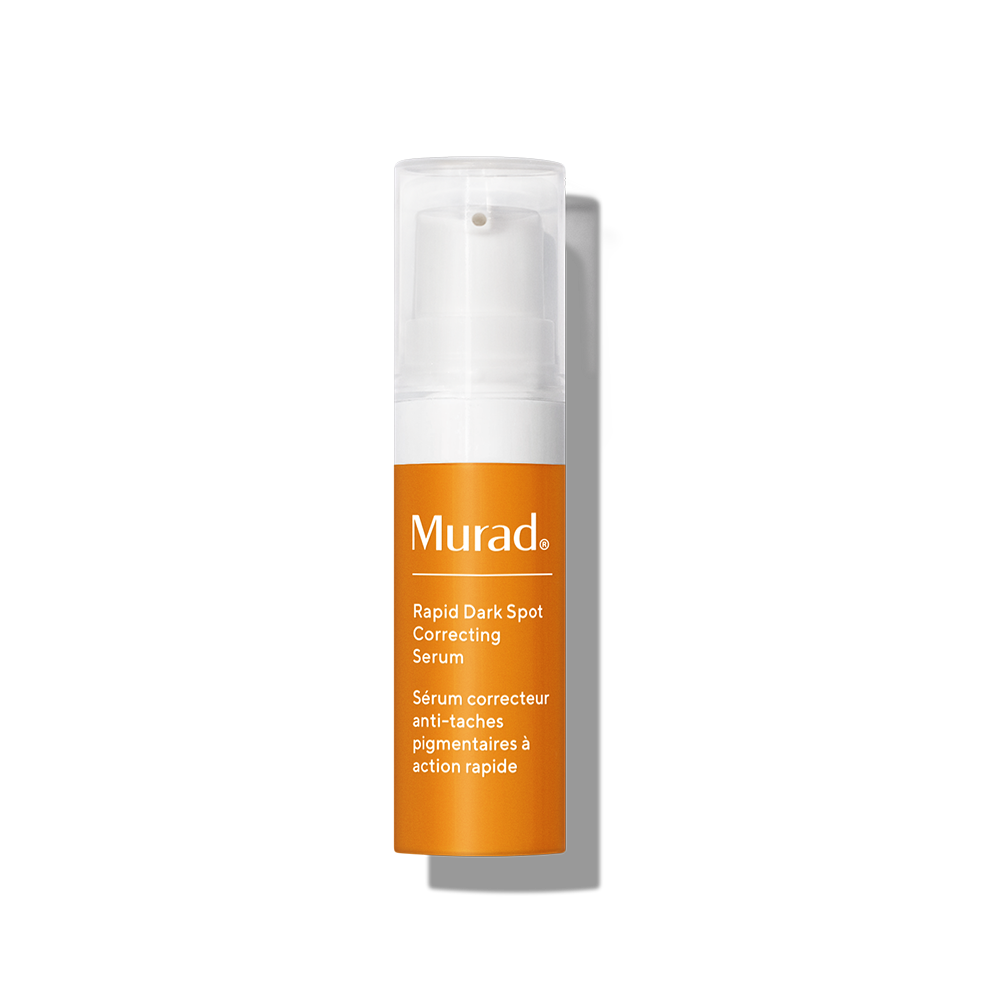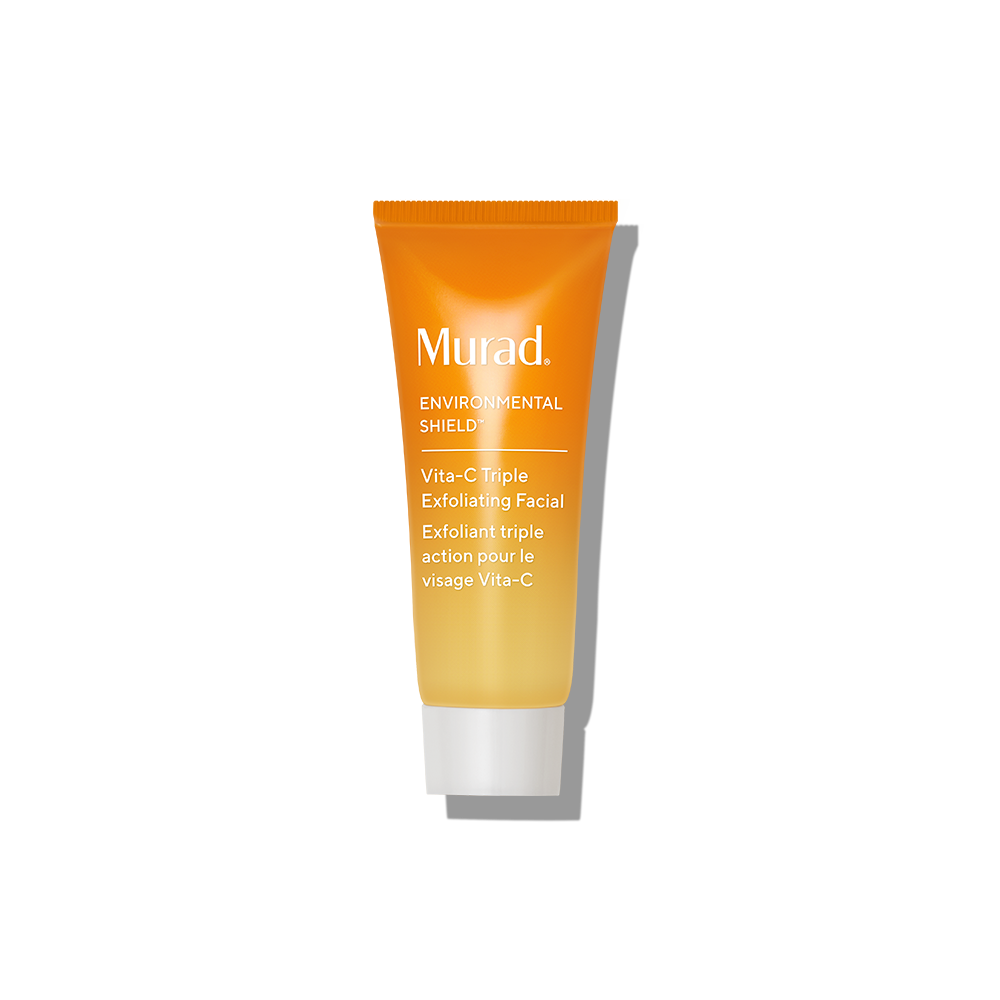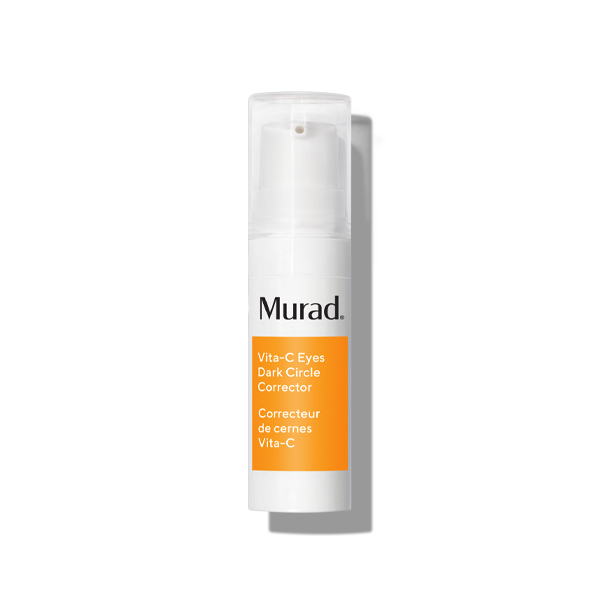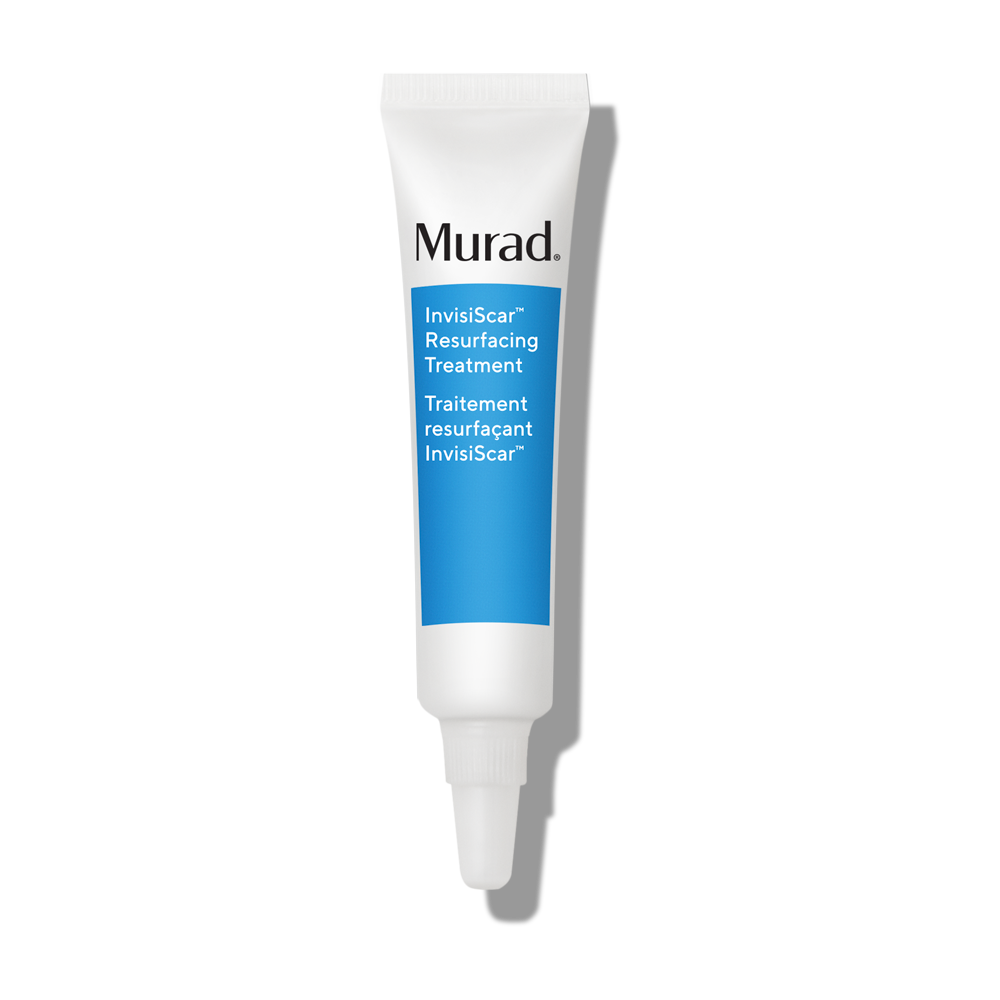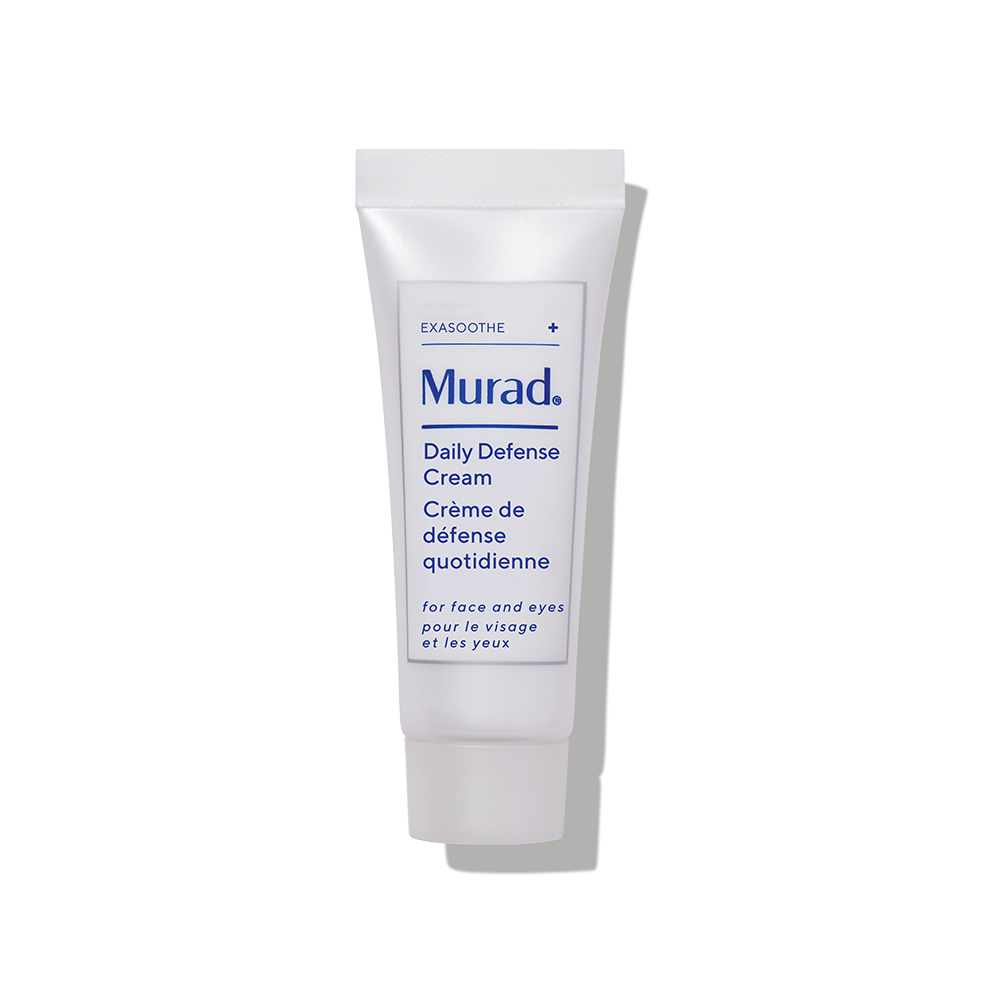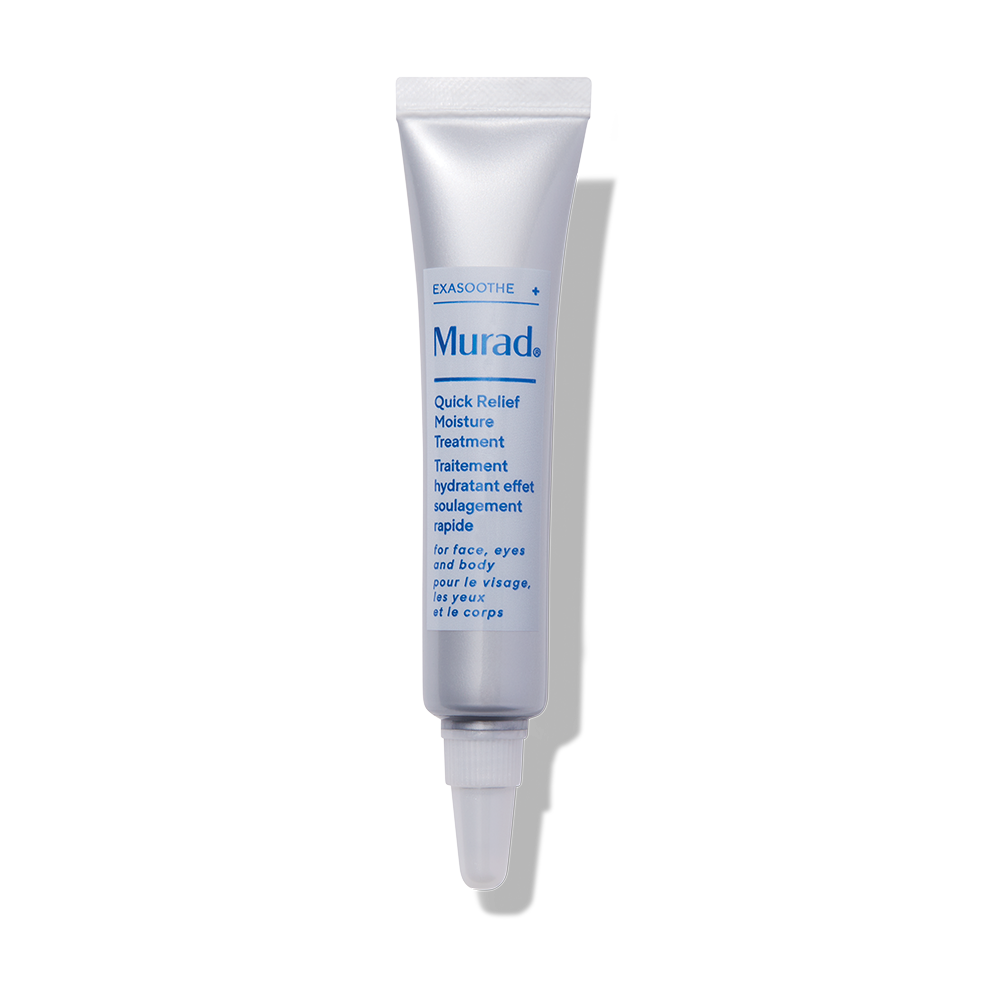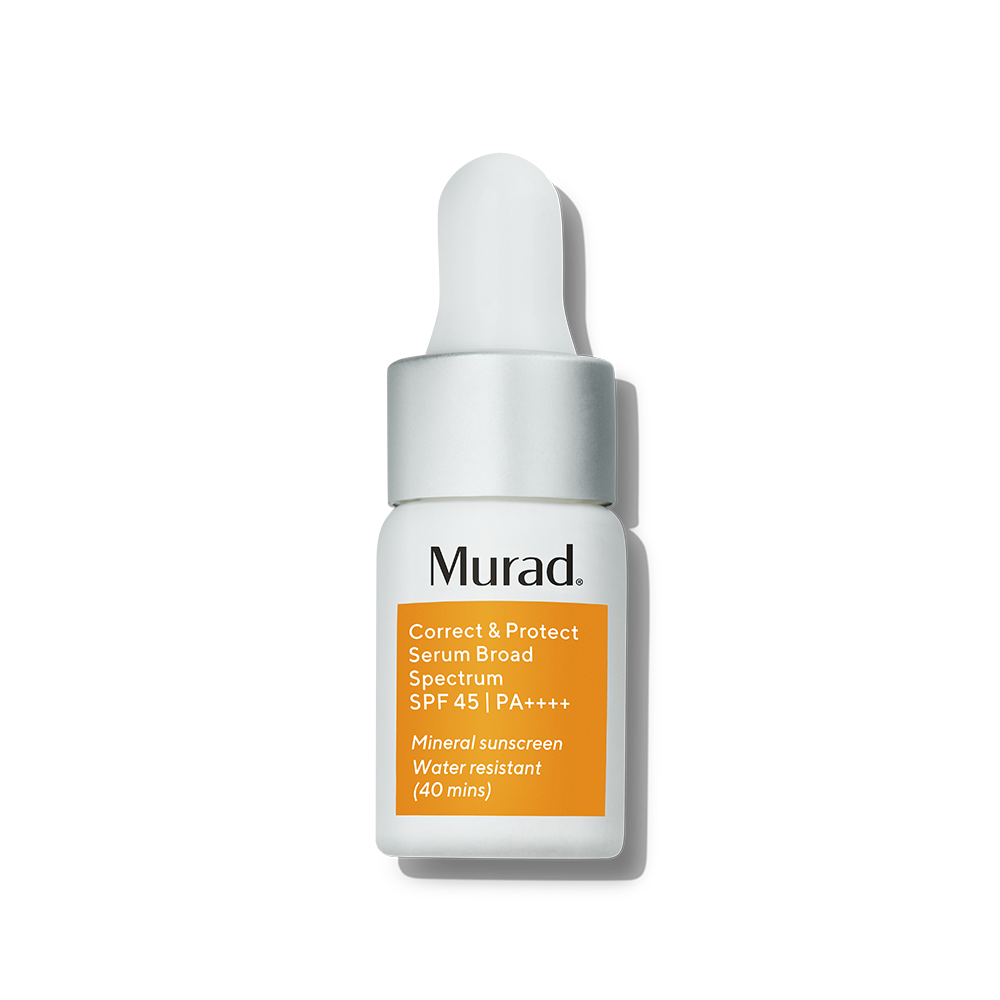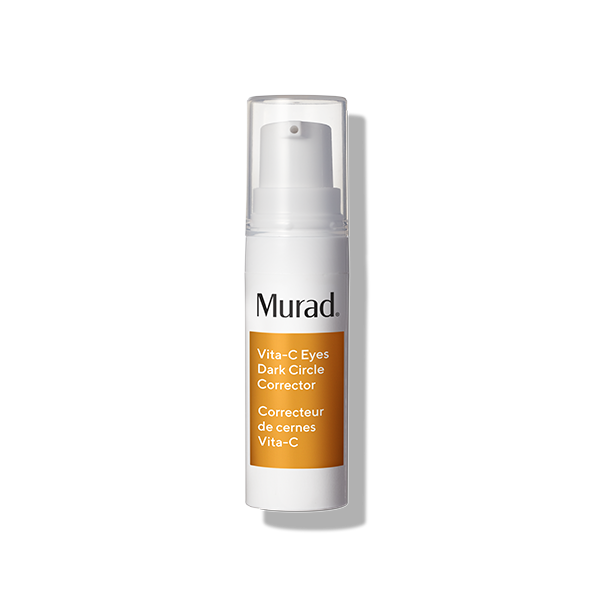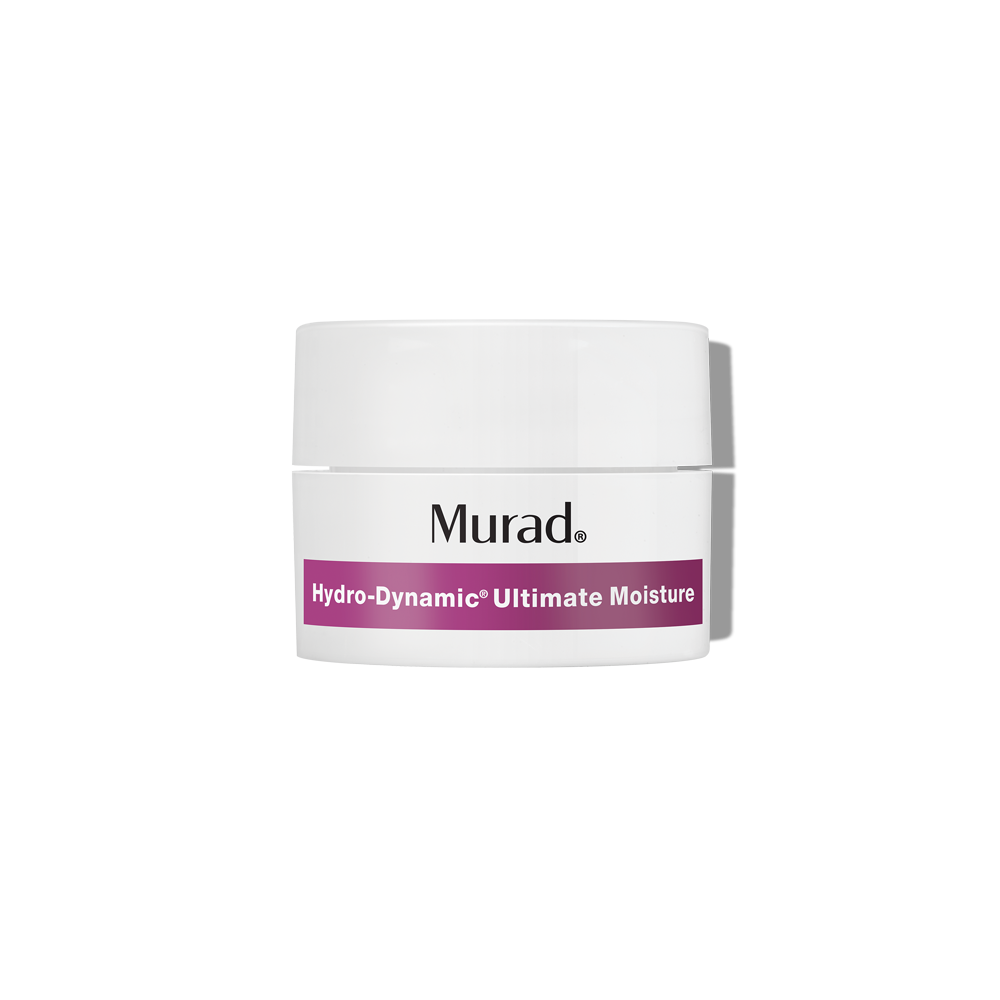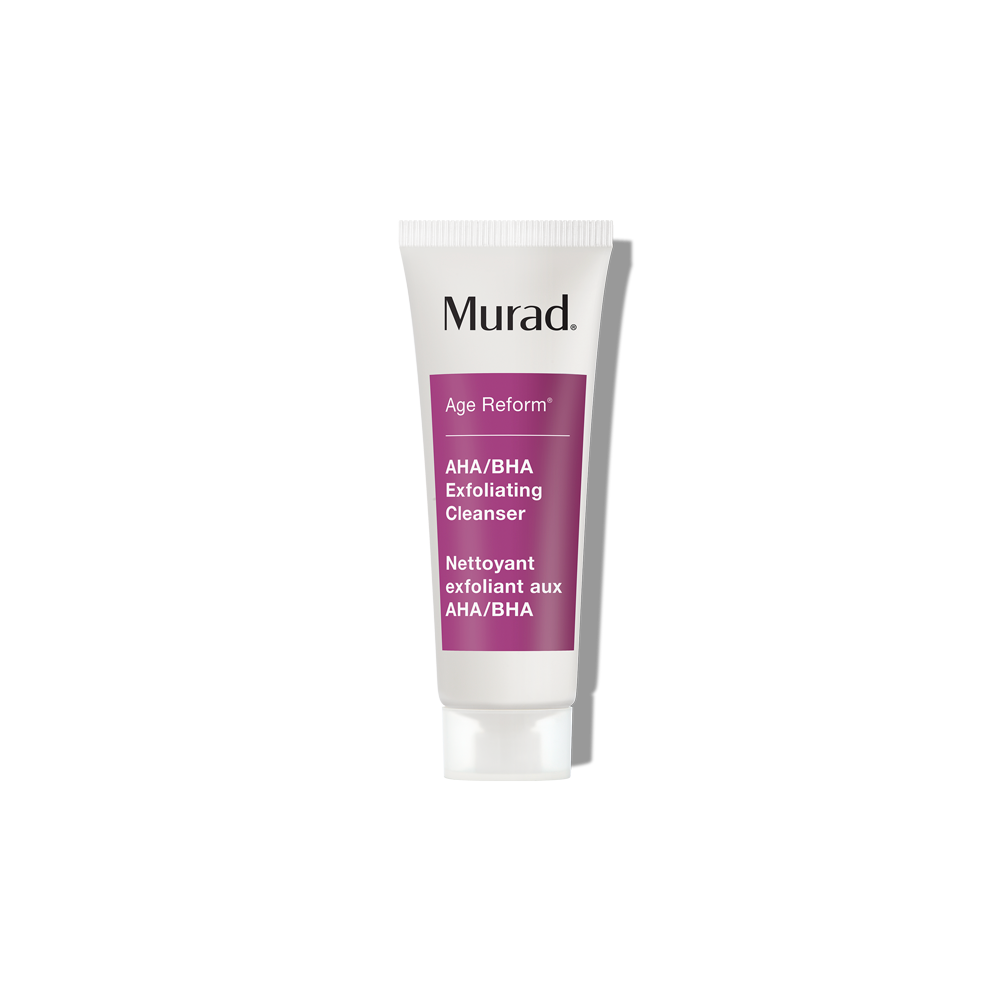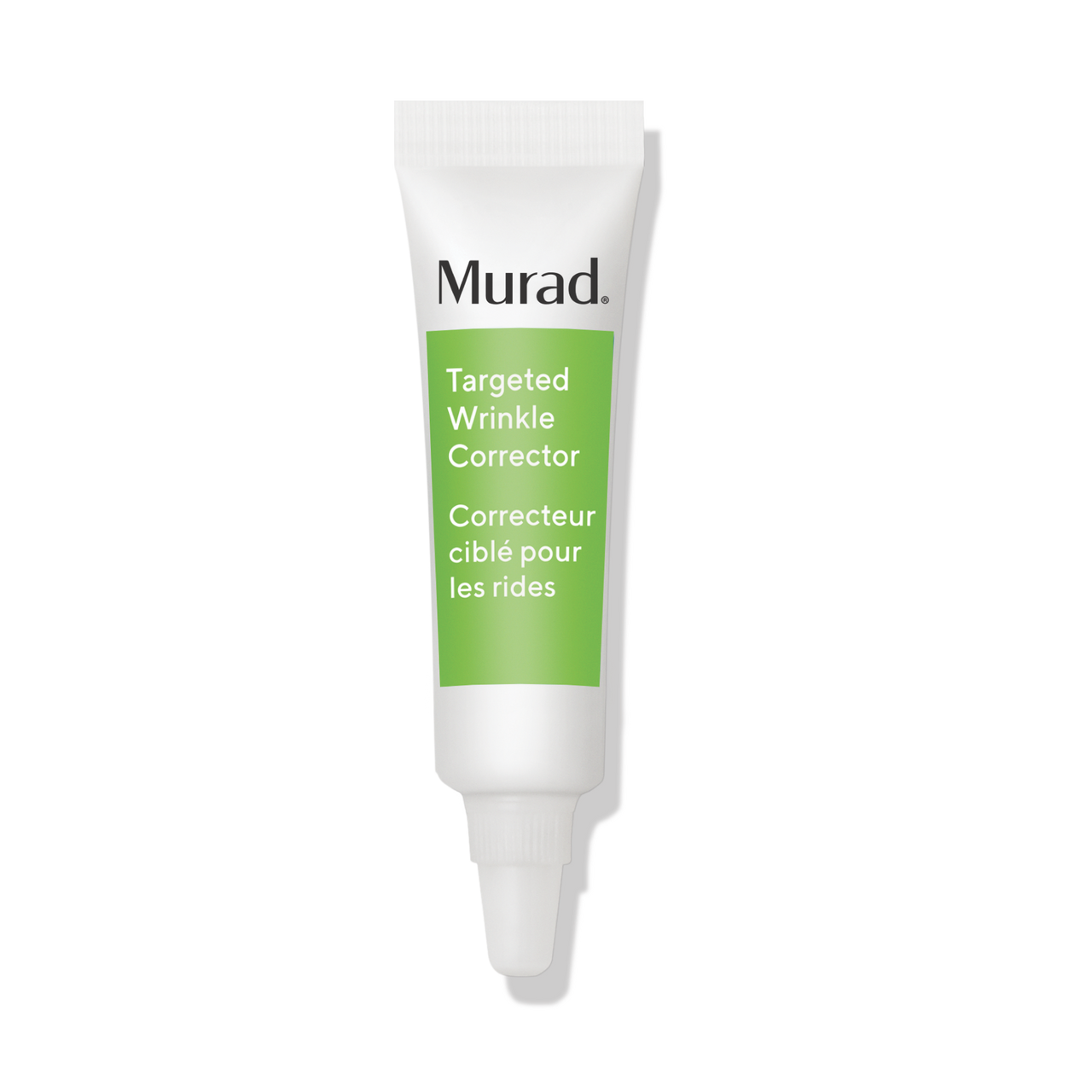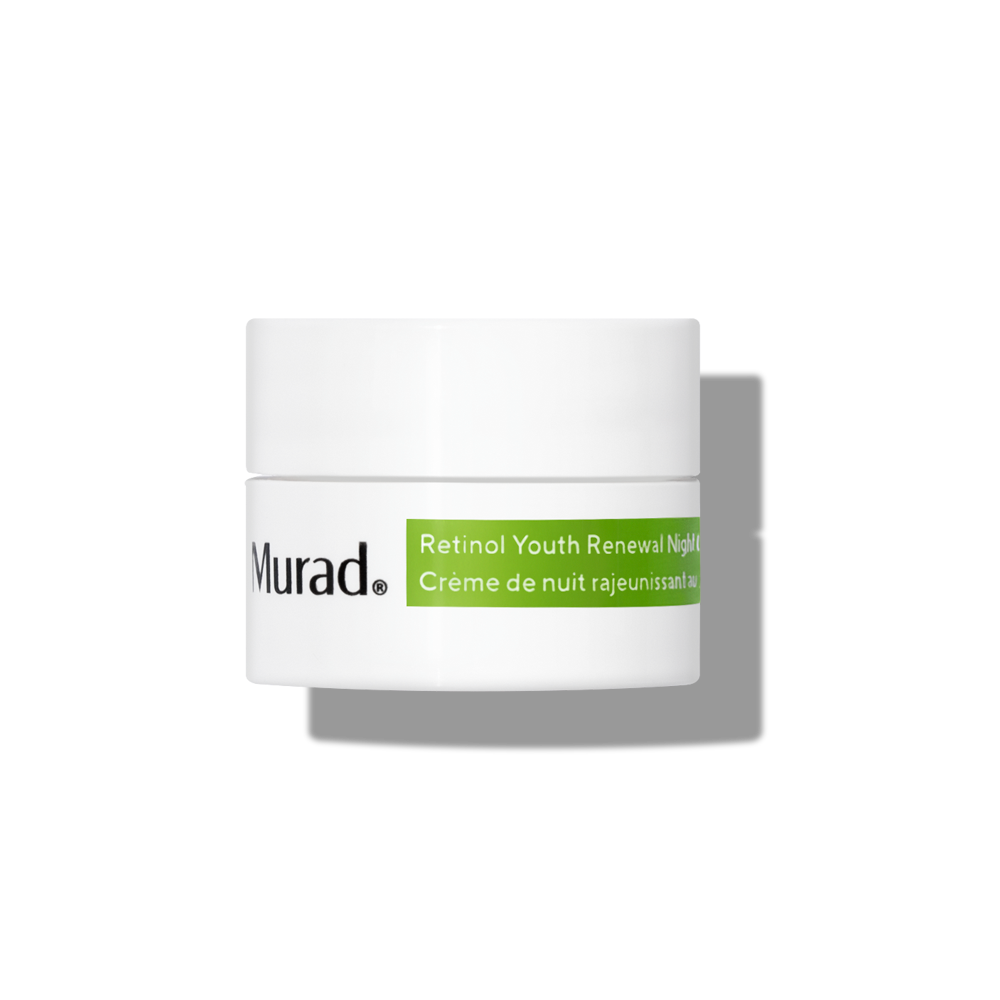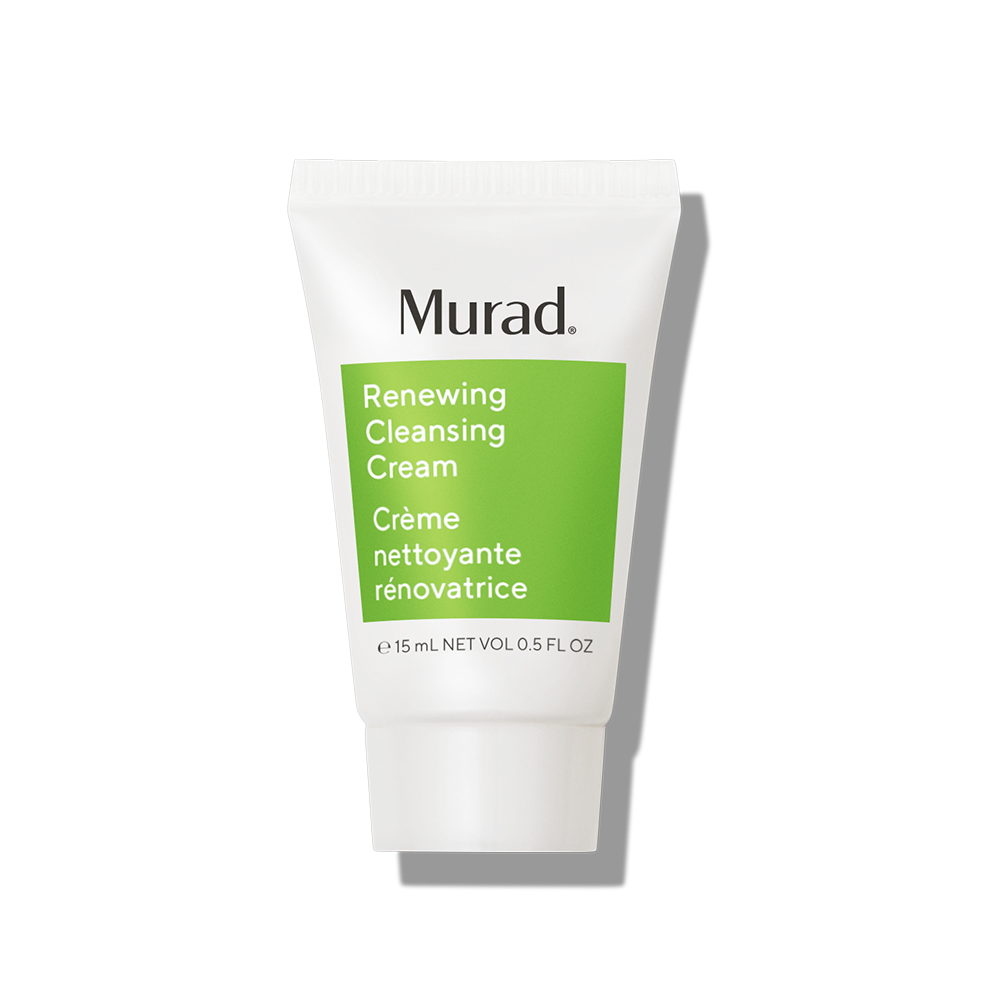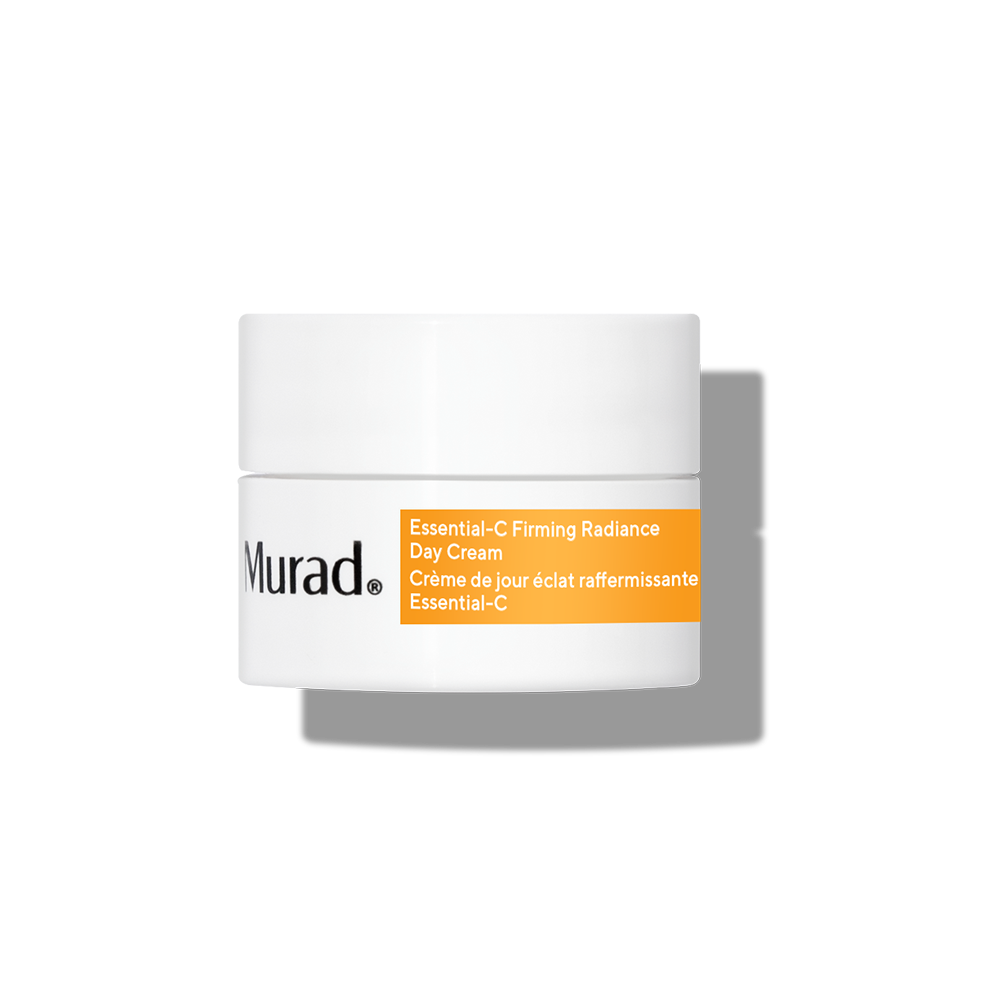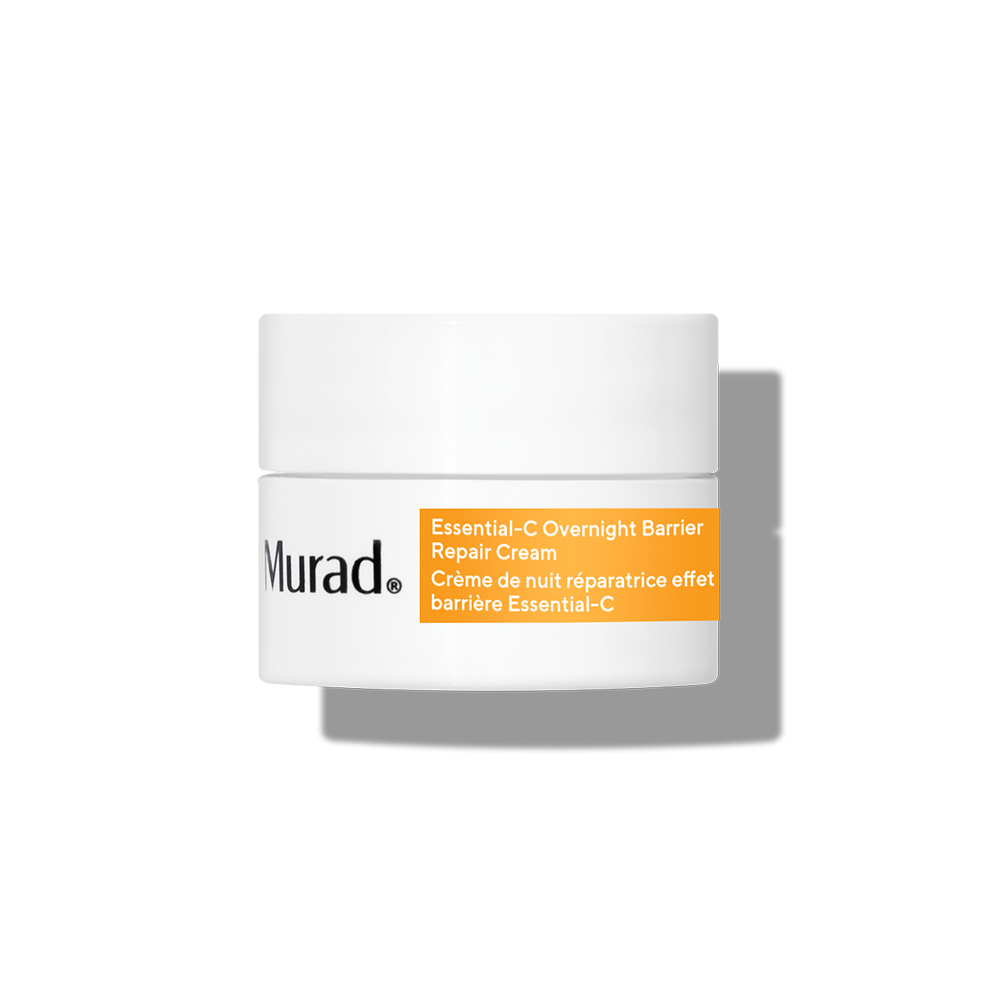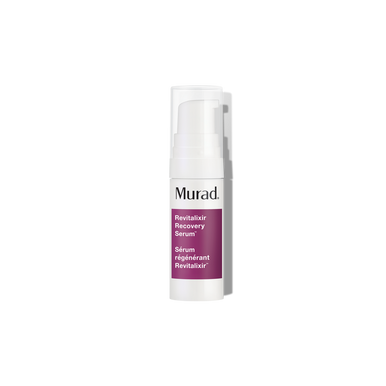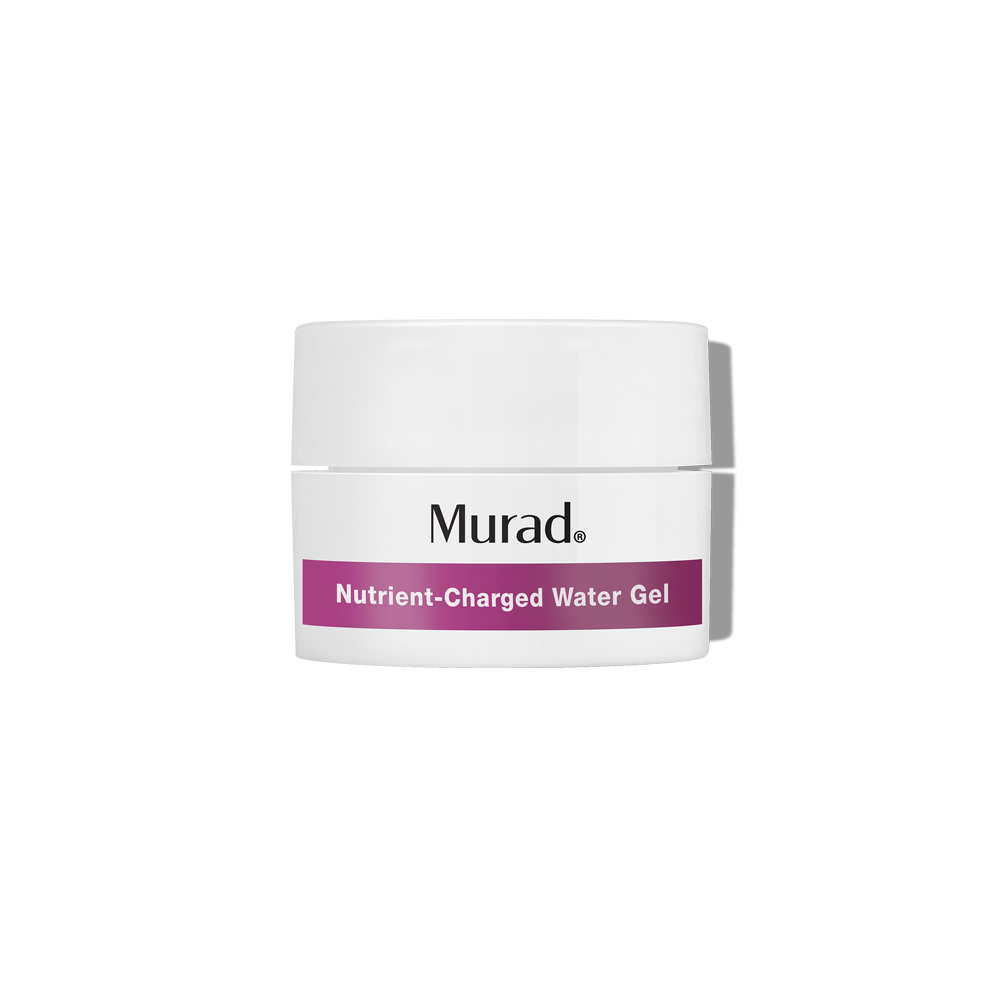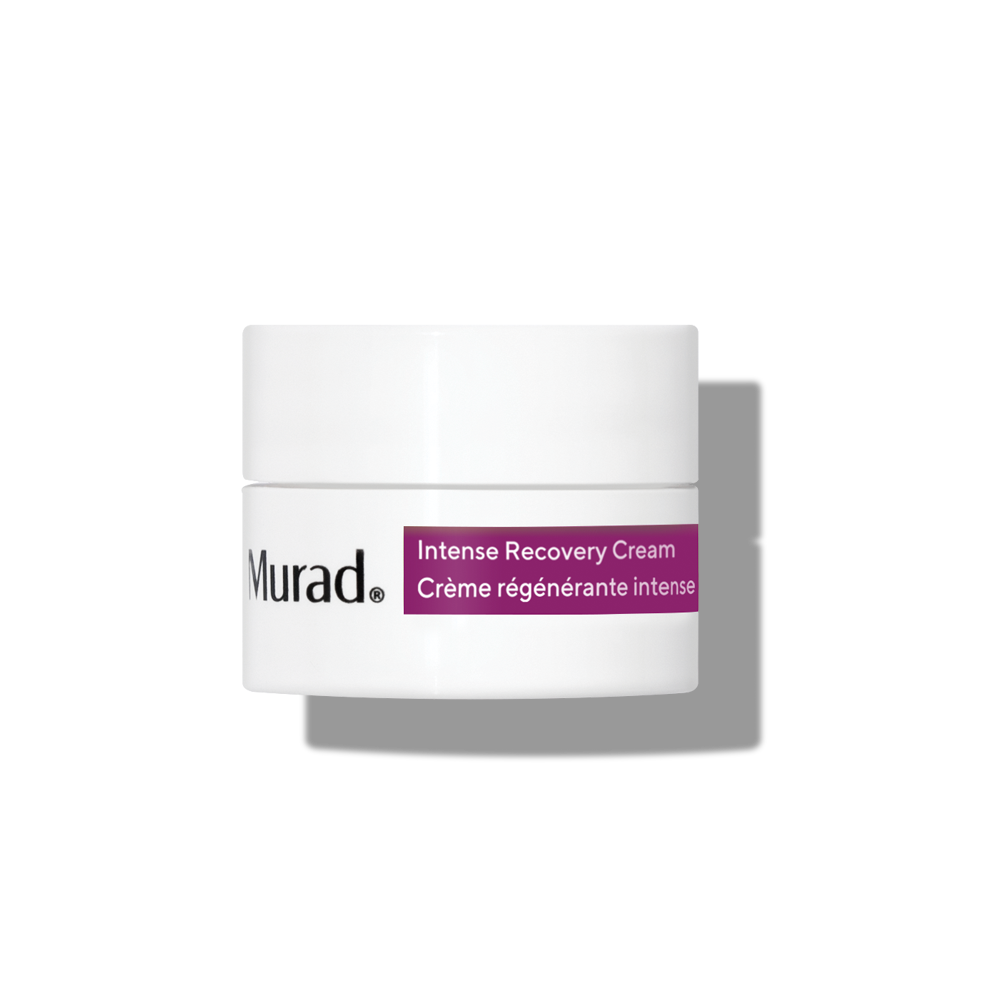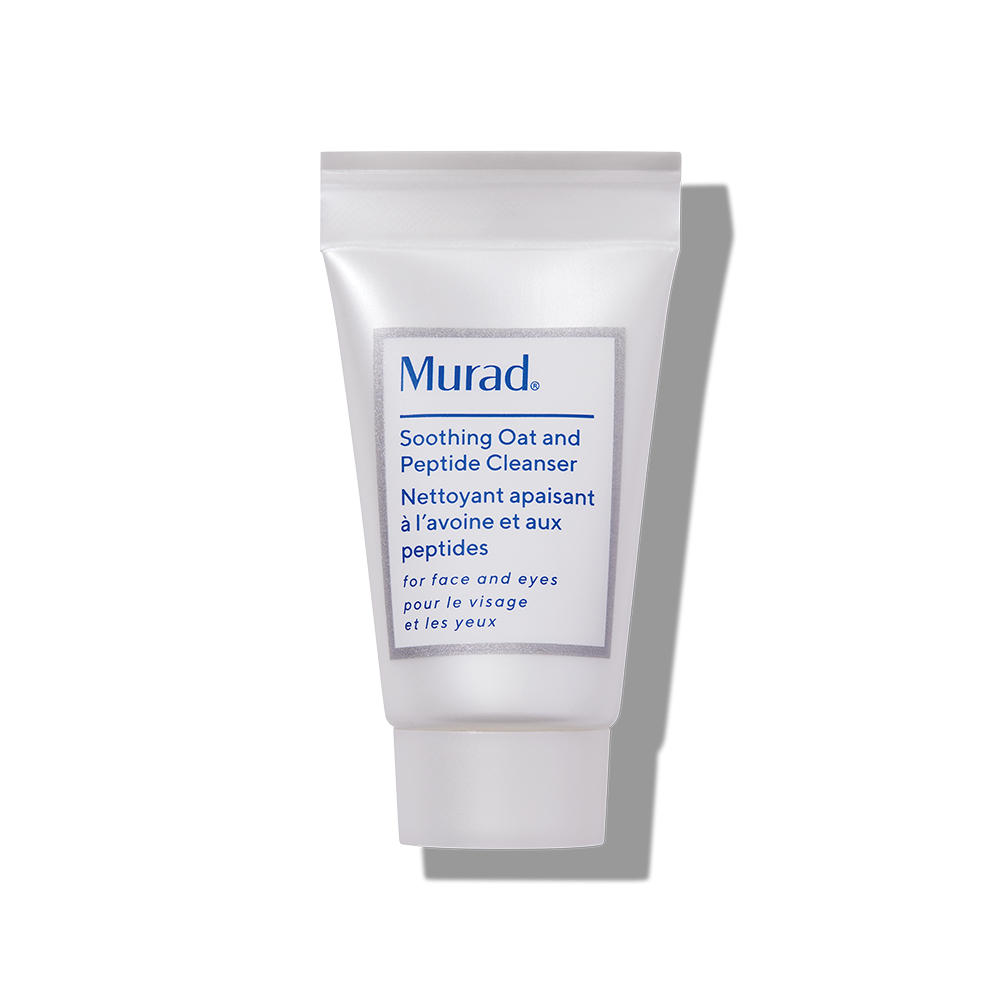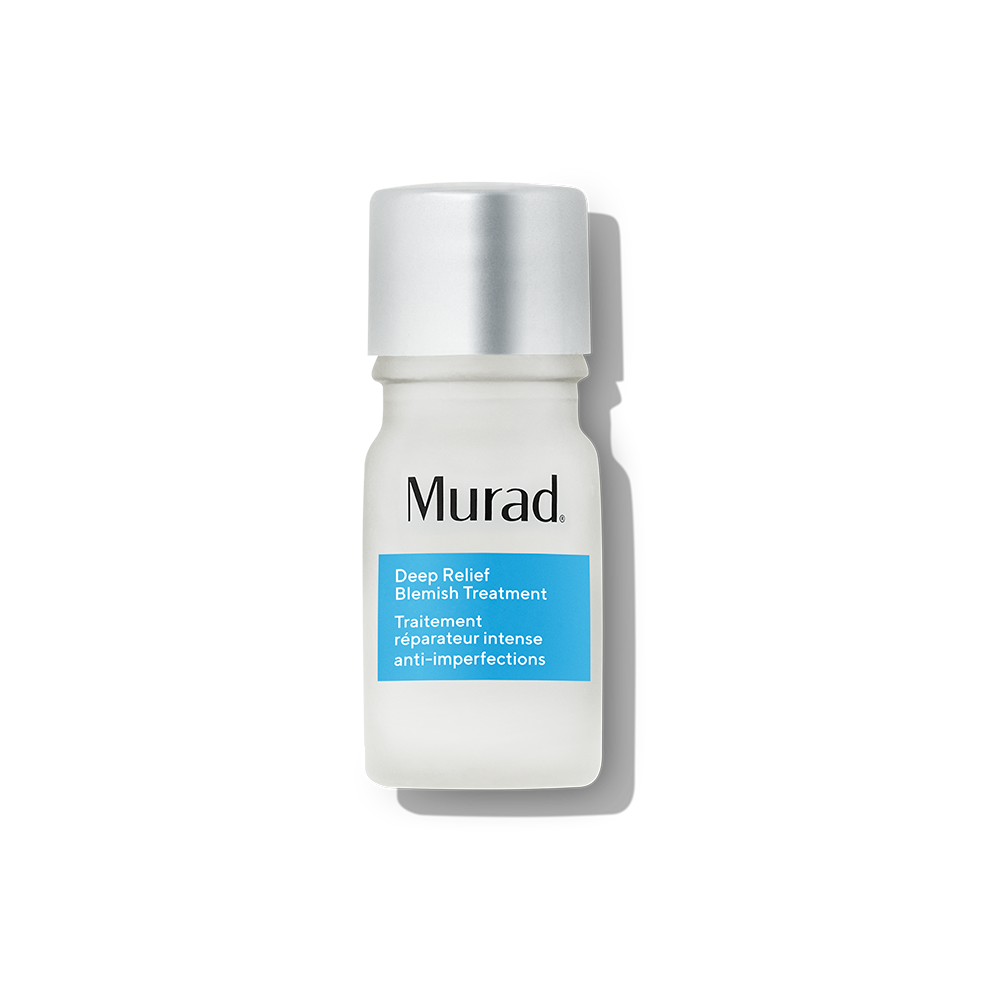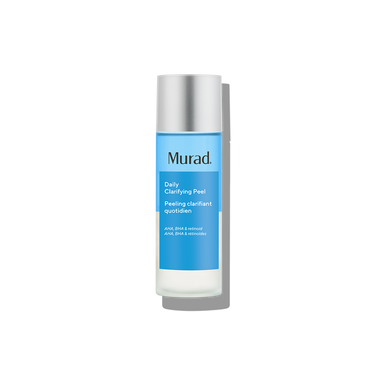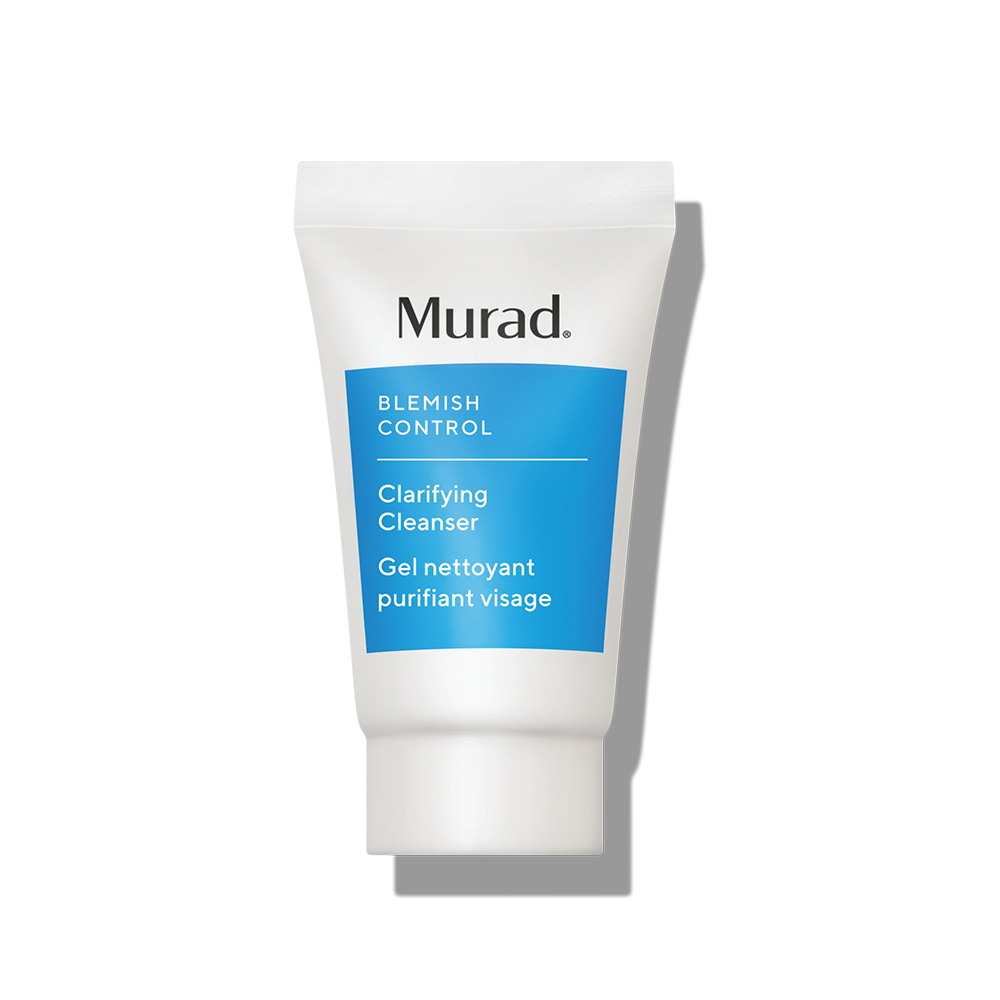Nutrition and Skin Health from Dr Hazel
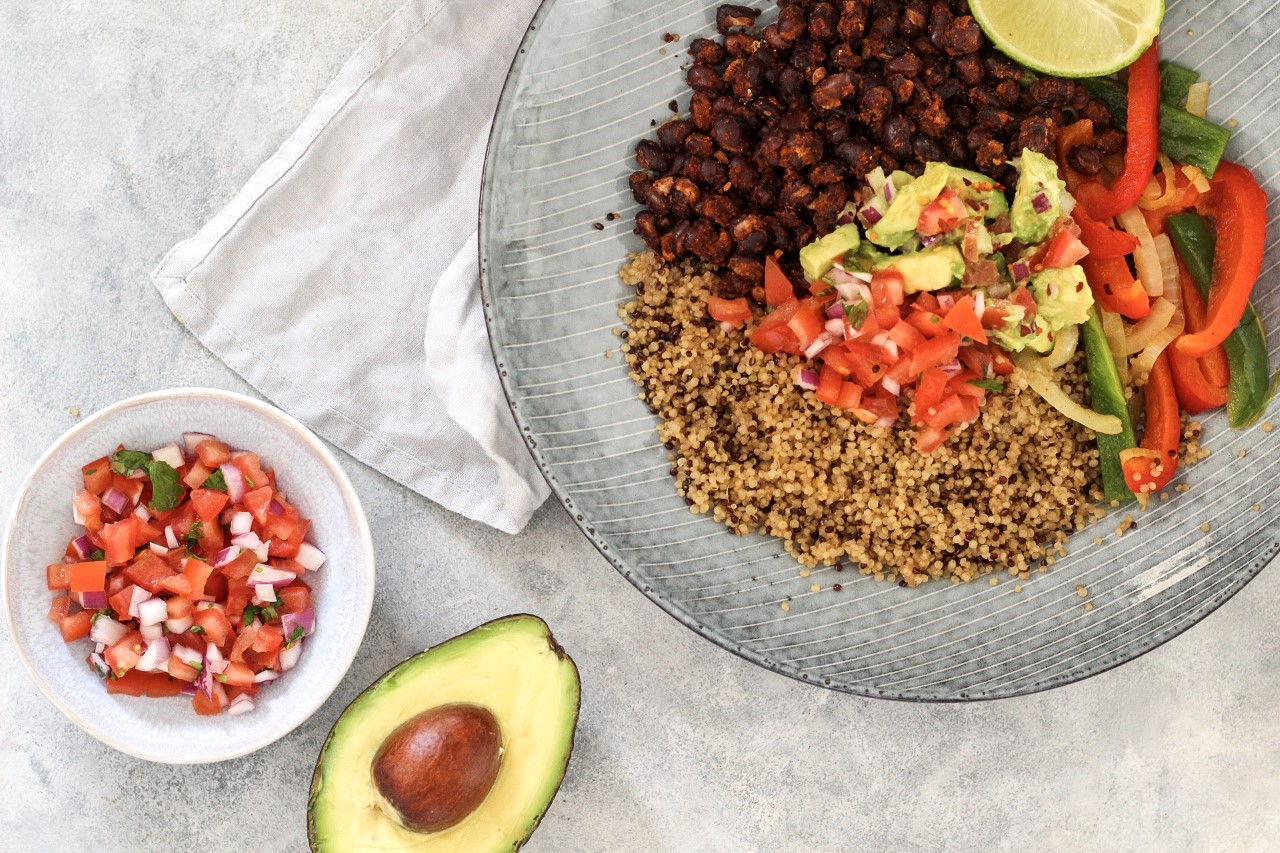
You’ve probably come across magazine articles telling you what foods to eat (or avoid) for glowing, youthful looking skin - but can you really eat your way to better skin?
The truth is, healthy skin is determined by several things including our genetics and environment but our lifestyle - that includes sleep, diet, exercise, stress, alcohol consumption and smoking. There is lots for us to discuss but for the purpose of this blog post, let’s first focus on nutrition and skin.
Unfortunately it is not as easy as me listing inidivudal foods for you to eat that will cure your skin complaints, however there are certain nutrients that appear to be of particular importance for skin health; protein, essential fatty acids, vitamin C/E/A, B vitamins, zinc and selenium
| Nutrient | Role in skin health | Sources |
|---|---|---|
| Protein | Amino acids from dietary protein are the building blocks of collagen, elastin and keratin, proteins that play an essential role in the structure of hair, skin and nails. | Meat, poultry, seafood, eggs, dairy, beans + pulses, nuts + seeds, soya based products (e.g. tofu), protein supplementation (e.g. whey or vegan blends.) |
| Essential fatty acids (omega 3 + omega 6) | Involved in building our outer layer of skin, which helps to form our skin’s barrier and maintain moisture in the skin, Omega-3' has anti-inflammatory properties which may also benefit skin health. | Oily fish (like salmon, mackerel, herring, trout, sardines and pilchards), walnuts, and flaxseeds. |
| Vitamin C | Involved in creating collagen which provides structure to the skin and important for wound healing. It is also an antioxidant which prevents cell damage. | Bell peppers, oranges, grapefruit, kiwi fruit, broccoli, strawberries, brussel sprouts, tomatoes, potato, spinach. |
| Vitamin E | Antioxidant and wound healing. May offer some protection against UV rays. | Variety of nuts and seeds, leafy green vegetables, sunflower oil, rapeseed oil, olive oil, and in certain fortified foods |
| Vitamin A | Antioxidant and is also needed for cell growth and turnover. | Present in the form of retinol in liver, dairy products, eggs, salmon and in the form of beta-carotene in green leafy vegetables, carrots, peppers, sweet potato, apricot and mango |
| B vitamins (incl. riboflavin, niacin, biotin and vitamin B6) | A lack of these B-vitamins can lead to inflamed skin, dermatitis, rashes and cracks in the skin at the corners of the mouth. | Found in a variety of foods such as wholegrains, nuts, seeds, meat, offal, poultry, seafood, dairy, eggs, vegetables and fortified foods |
| Zinc | Zinc plays an important role in wound healing and reducing UV damage | Found in red meat, oysters, crab, lobster, poultry, dairy products, beans, nuts, wholegrains and fortified breakfast cereals. |
| Selenium | Protects the skin by acting as an antioxidant. | Found in meat, poultry, seafood, eggs, dairy products, Brazil nuts, seeds and wholegrains. |
Staying adequately hydrated is also very important for skin health so aim to drink plenty of water (or other fluids) throughout the day.
In general, a healthy-balanced, diet in keeping with the the ‘Mediterranean diet’ which is rich in colourful fruits and vegetables, legumes (such as beans, peas and lentils), whole grains, olive oil, nuts and seeds, with low-moderate amounts of dairy, eggs, fish and poultry, and minimal amounts of red and processed meat, alcohol, processed foods and sugar should provide you with all the nutrients you need for skin health. This dietary pattern has also been linked to a number of other health benefits including heart health and brain health - so it’s a win win all round.
To read more about nutrition and skin health head over to www.thefoodmedic.co.uk
Recipe : Mexican Quinoa Bowl
This recipe bowl is not only delicious but provides many nutrients involved in skin health including; plant-based protein from the black beans and quinoa and essential vitamins and antioxidants from the colourful fruit and vegetables.
Serves 2
Ingredients
For the black beans
1 can of black beans (drained and rinsed)
1 tsp cumin
1 tsp paprika
1⁄2 tsp garlic granules or powder
1⁄4 tsp chilli powder
Pinch of salt
For the veggies
1 red pepper (de-seeded and sliced)
1 green pepper (de-seeded and sliced)
1 white onion (sliced)
Pinch of salt
For the quinoa
250g quinoa
450ml water
Pinch of salt
For the Pico de Gallo
3 tomatoes (diced, save 1 tbsp for the avocado)
1 tablespoon of red onion (diced)
Handful of fresh coriander (chopped)
Juice from 1⁄2 lime
For the chunky avocado
1 avocado
Juice from 1⁄2 lime
1 tbsp red onion (diced)
1 tbsp tomato (chopped)
Method
- Prepare the Pico de Gallo and chunky avocado separately, by combining the
ingredients. Set aside.
-
In a deep saucepan on a medium heat, add quinoa and water. Season with salt and let simmer for approx. 15 minutes, stirring occasionally.
-
After 5 minutes, on a medium heat in a separate saucepan, add a drizzle of olive oil and begin sautéing the red and green peppers, and white onion. Season with salt.
-
Meanwhile in a third saucepan, add a drizzle of olive oil before adding the black beans followed by cumin, paprika, garlic, and chilli powder. Season with salt and combine. Stir occasionally, and cook for approx. 10 minutes.
-
Once the quinoa is cooked, add to plate along with black beans and vegetables. Top with the chunky avocado and Pico de Galo.
